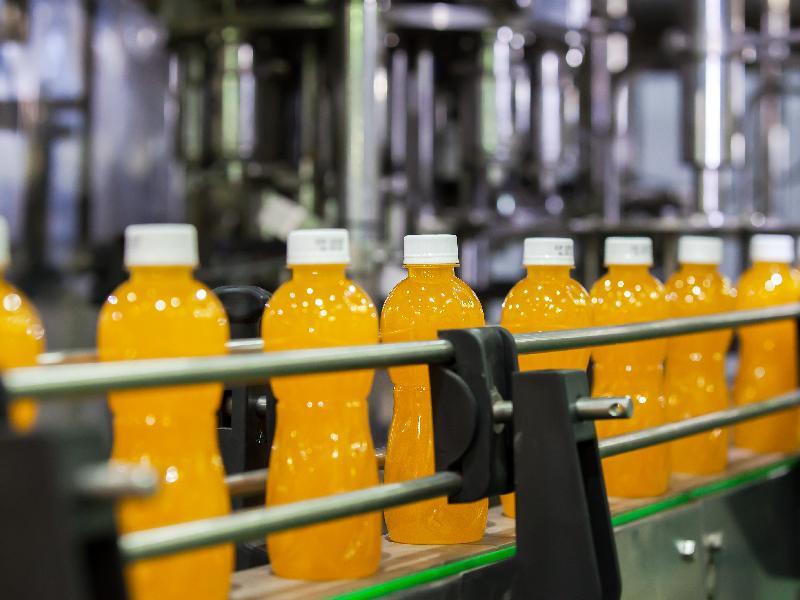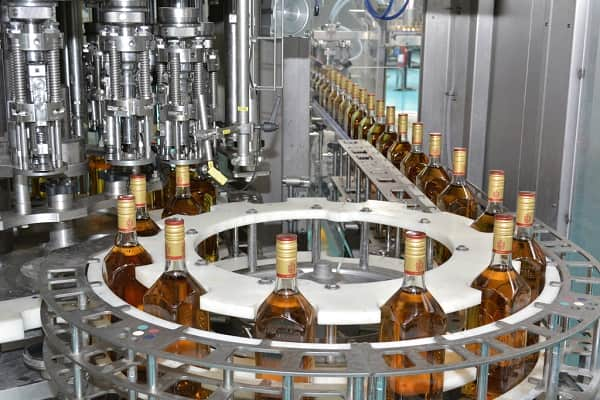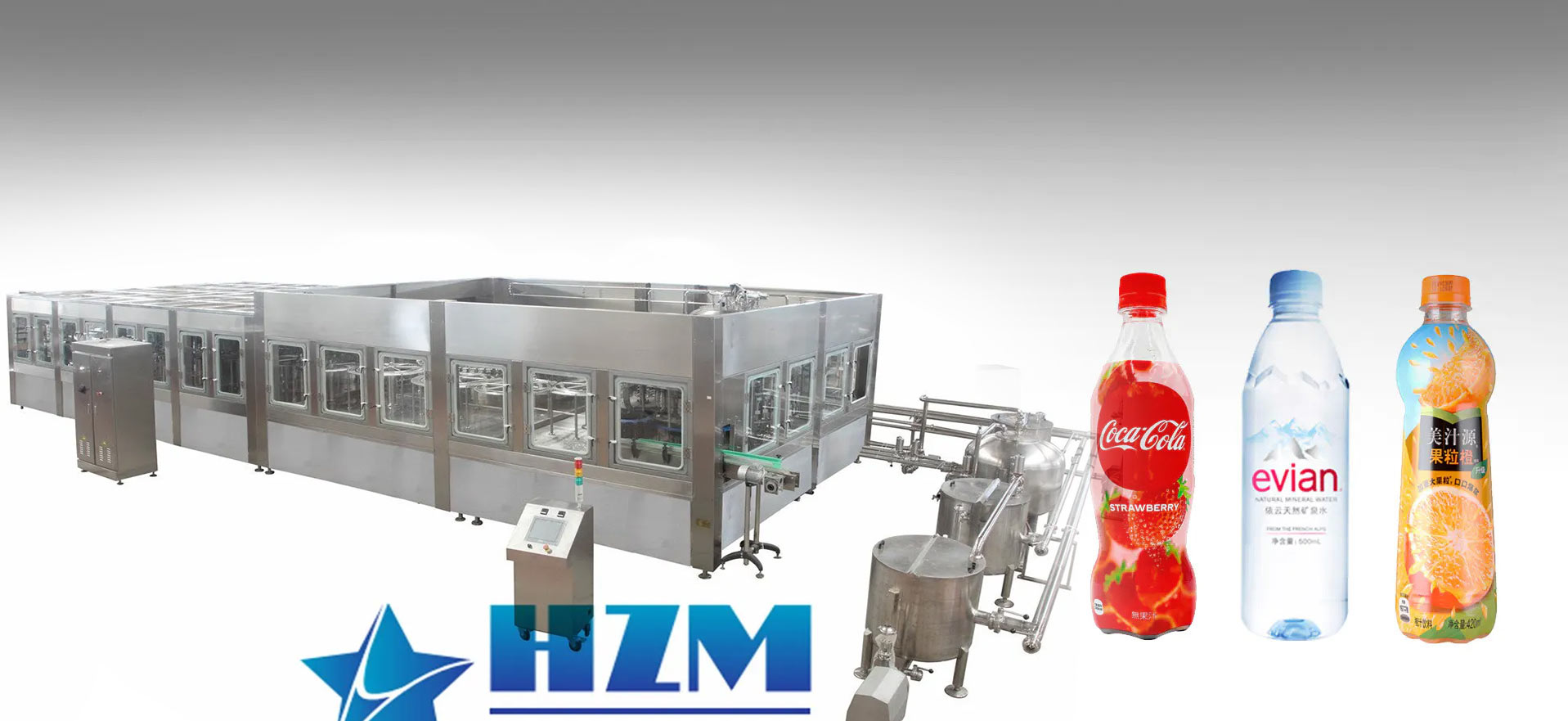Filling Machine Operation Guidelines
Inspection and Preparation Before Operation:
- The on-site operator performs daily pre-start checks and inspections on the equipment based on the "Filling Machine Daily Inspection Checklist," and records the results in the "Production Inspection" section of the checklist.
- The electromechanical maintenance worker performs weekly checks and inspections on the equipment according to the "Filling Machine Daily Inspection Checklist," and records the results in the "Electromechanical Inspection" section.
- The electromechanical maintenance worker carries out necessary lubrication on the equipment based on the "Filling Machine Lubrication Manual" and records the results in the "Lubrication Record" of the checklist.
- A comprehensive 4S (Sort, Set in order, Shine, Standardize) work must be conducted on the equipment before starting up and after production.
- Check all pipeline valves for integrity and absence of leaks.
- Verify the condition of all instruments and the normal functioning of circuits.
- Inspect the normal operation of instrument and circuit moving parts.
- Ensure smooth rotation of all moving parts, no blockages, secure fastening, correct rotational direction, and proper lubrication.
- Clean the area around the filling machine and any debris on the conveyor belt.
- Flush the pipeline of the filling machine with pre-qualified pharmaceutical liquids until the liquid matches the retained sample. Return the flush liquid to the finished product tank.
- Open the adsorption device and close the machine room door.
Operating Steps:
- Power on and start the air compressor, adjust the pressure to 6 kg/cm², supply compressed air to the filling machine, and connect the power source.
- Set the filling specifications and quantity.
- Perform manual filling and calibration of filling measurements.
- Turn the selector switch to "Manual," press the manual bottle feeding button, release after a set of bottles are loaded and aligned.
- Press the manual dosing button to dispense the appropriate amount of material into each bottle, then release the button.
- Use the manual bottle discharge button to remove bottles containing material.
- Once calibration is confirmed, switch the selector to "Automatic" to initiate sequential bottle entry and discharge for batch production.
- During the filling process, every 5-10 minutes, the operator should use an electronic scale to randomly check if the measurements are within acceptable limits.
- After shutdown, clean residual materials and impurities from the filling machine pipeline, wipe the conveyor belt, and complete the "Critical Equipment Operation Record."
Key Technical Parameters of Automatic Filling Machine:
- Filling Method: Linear intermittent/positioning.
- Filling Error: ±0.3% to ±0.5% (for volumes of 250 and above); Power: 0.75KW to 1.5KW.
- Output: 2400 to 3000 bottles/hour.
- Equipment Specifications: 20ml.
- Power: 380v, 1.1kw.
- Coil: 220v, 50w.
Maintenance Procedures:
Routine Maintenance:
- Clean the machine inside and out daily, ensuring there is no oil residue or dirt, achieving a clean appearance.
- Perform pre-shift and post-shift cleaning of the equipment.
- Check the sensitivity of photoelectric sensors and the completeness of mechanical parts.
- Ensure lubrication points are adequately greased.
- Observe the main machine for abnormal noises, vibrations, and odors during operation.
- Regular maintenance:
- Organize electrical control box wiring and clean any residue inside.
- Inspect electrical components for proper contact and grounding to prevent leakage.
- Check motor bearings for abnormalities and assess motor insulation.
- Verify the flexibility of moving mechanisms, check for severe wear on scissors and shaft sleeves, and tighten loose fasteners.
- Second-level maintenance: During annual maintenance based on the "Annual Equipment Maintenance Plan," record the results in the "Equipment Maintenance Record."
Safety Precautions:
- Filling operators must wear gas masks, protective goggles, and gloves.
- Operators are not allowed to leave or abandon their posts.
- Immediately stop the machine if anomalies such as bottle jamming or overturning occur during operation.
- Maintain orderly arrangement of materials and promptly handle defective products.
- Ensure orderly bottle entry and discharge to avoid spillage and contamination; address any spillage promptly.
- In case of chemical leaks, close operation valves promptly, perform absorption treatment, and dispose of hazardous waste properly.
- Utilize forms: "Filling Machine Daily Inspection Checklist," "Filling Machine Lubrication Manual," "Lubrication Record," "Critical Equipment Operation Record," "Equipment Maintenance Record."
TAG: filling machines

Update:Aug, 25 /2023

Author:HZM Machinery

Pageviews:597
ARCTICLE
-
![What should be paid attention to when purchasing food-specific filling machines?]() What should be paid attention to when purchasing food-specific filling machines?Apr , 21 /2023
What should be paid attention to when purchasing food-specific filling machines?Apr , 21 /2023 -
![200-500ml Ultra-Clean Filling Machine]() 200-500ml Ultra-Clean Filling MachineJun , 09 /2023
200-500ml Ultra-Clean Filling MachineJun , 09 /2023 -
![Filling Machine, Classification, Workflow, Instructions for Use, Procurement]() Filling Machine, Classification, Workflow, Instructions for Use, ProcurementJun , 19 /2023
Filling Machine, Classification, Workflow, Instructions for Use, ProcurementJun , 19 /2023 -
![Revolutionizing Beverage Production: The Ultimate Beverage Filling Machine]() Revolutionizing Beverage Production: The Ultimate Beverage Filling MachineJun , 27 /2023
Revolutionizing Beverage Production: The Ultimate Beverage Filling MachineJun , 27 /2023





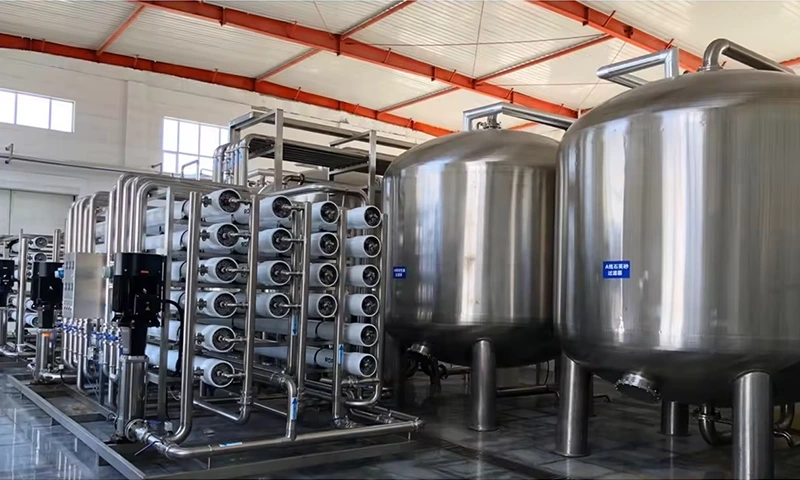
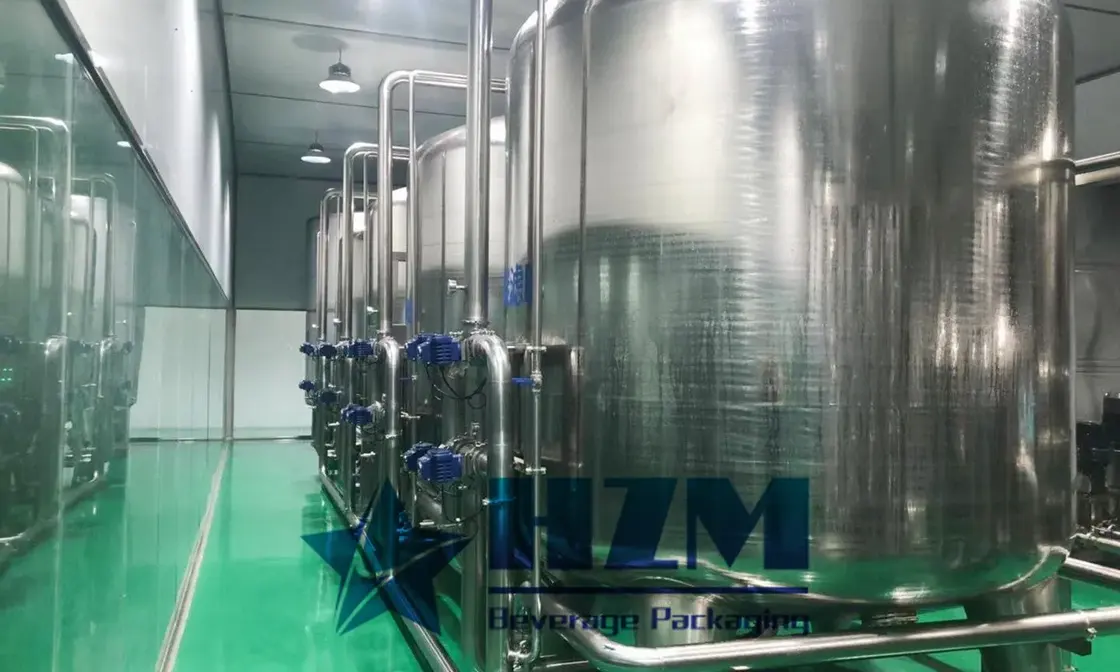
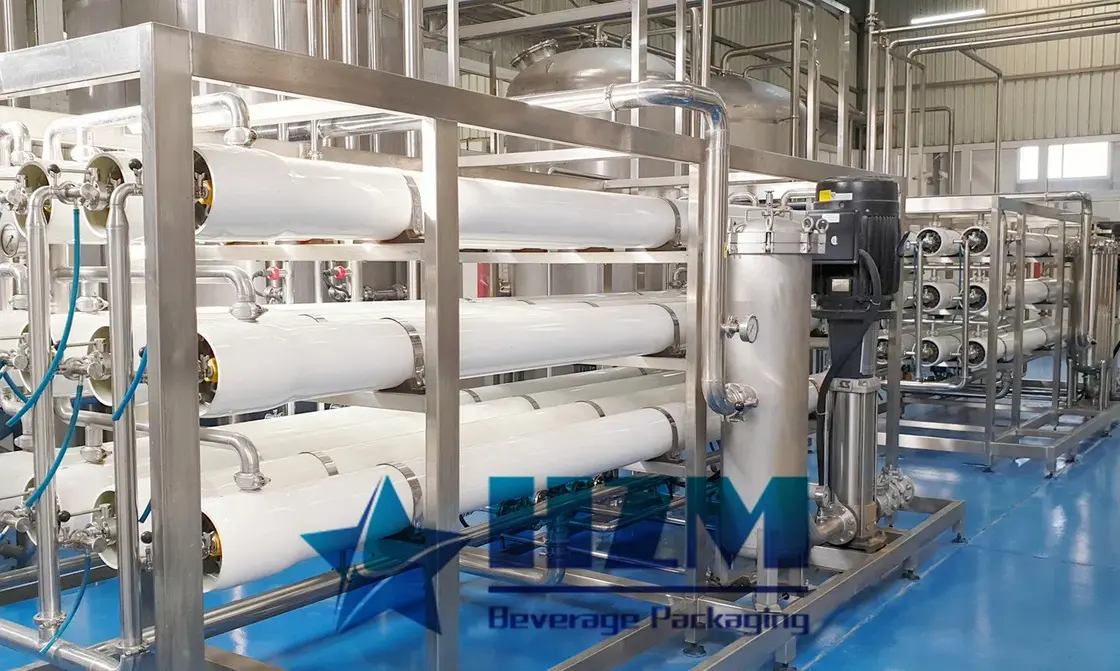
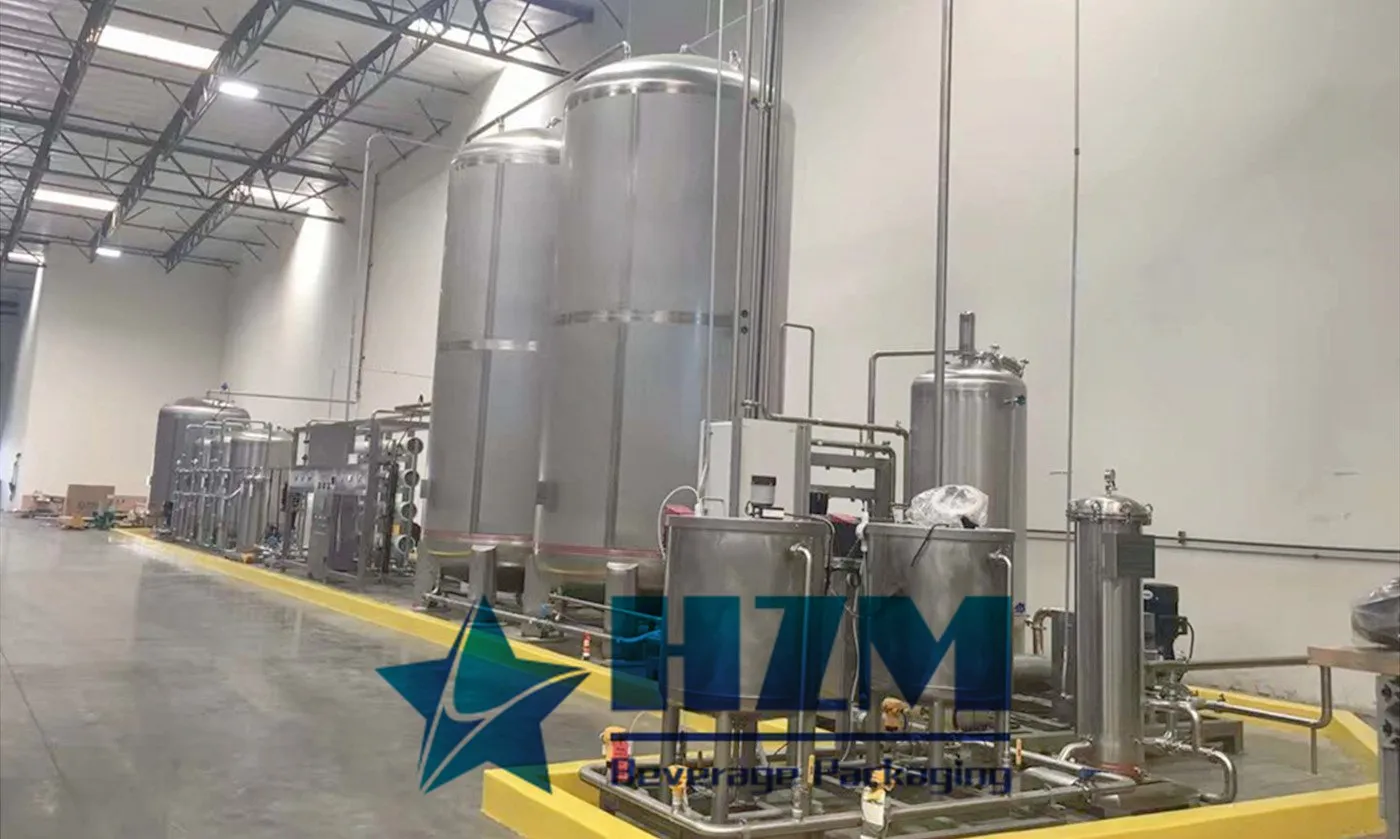
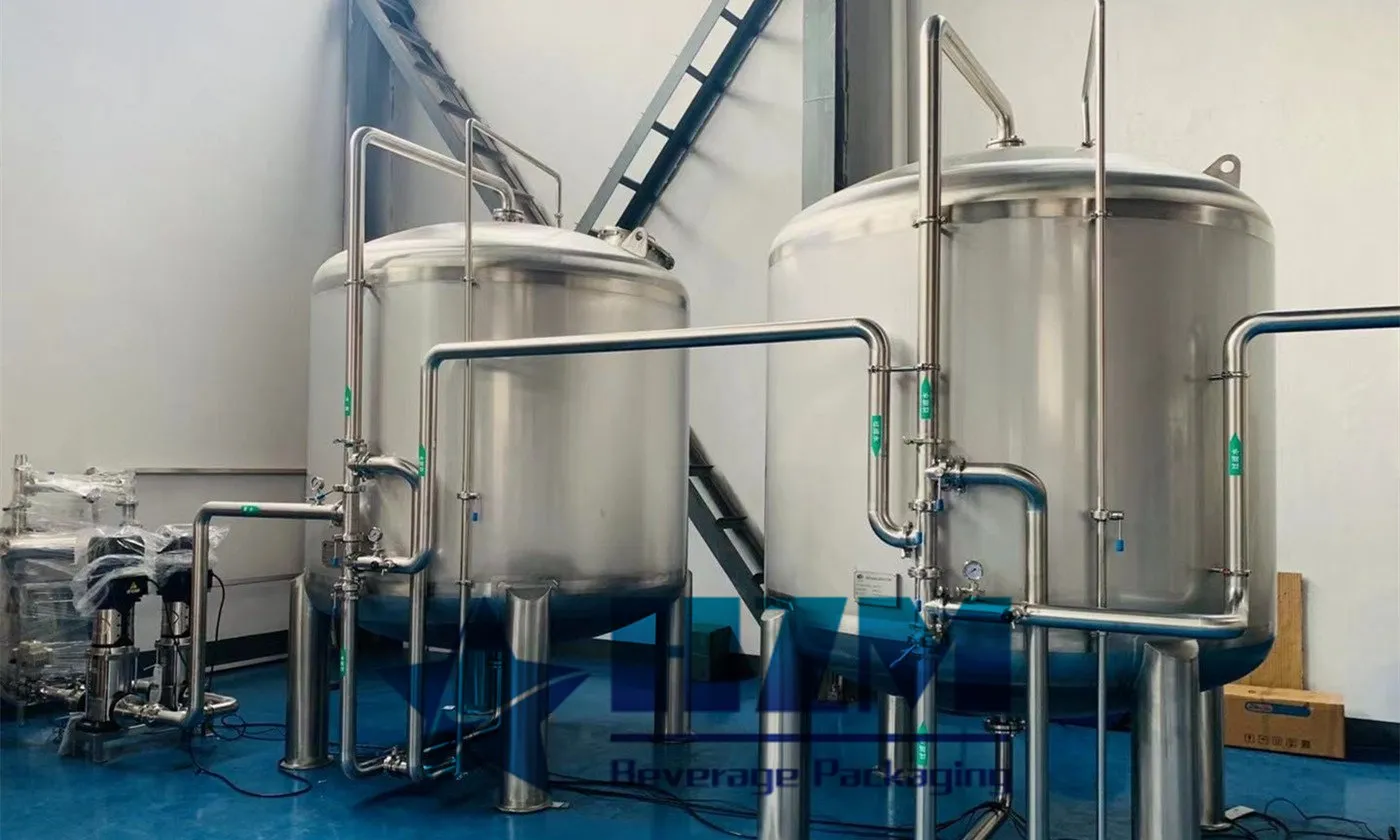
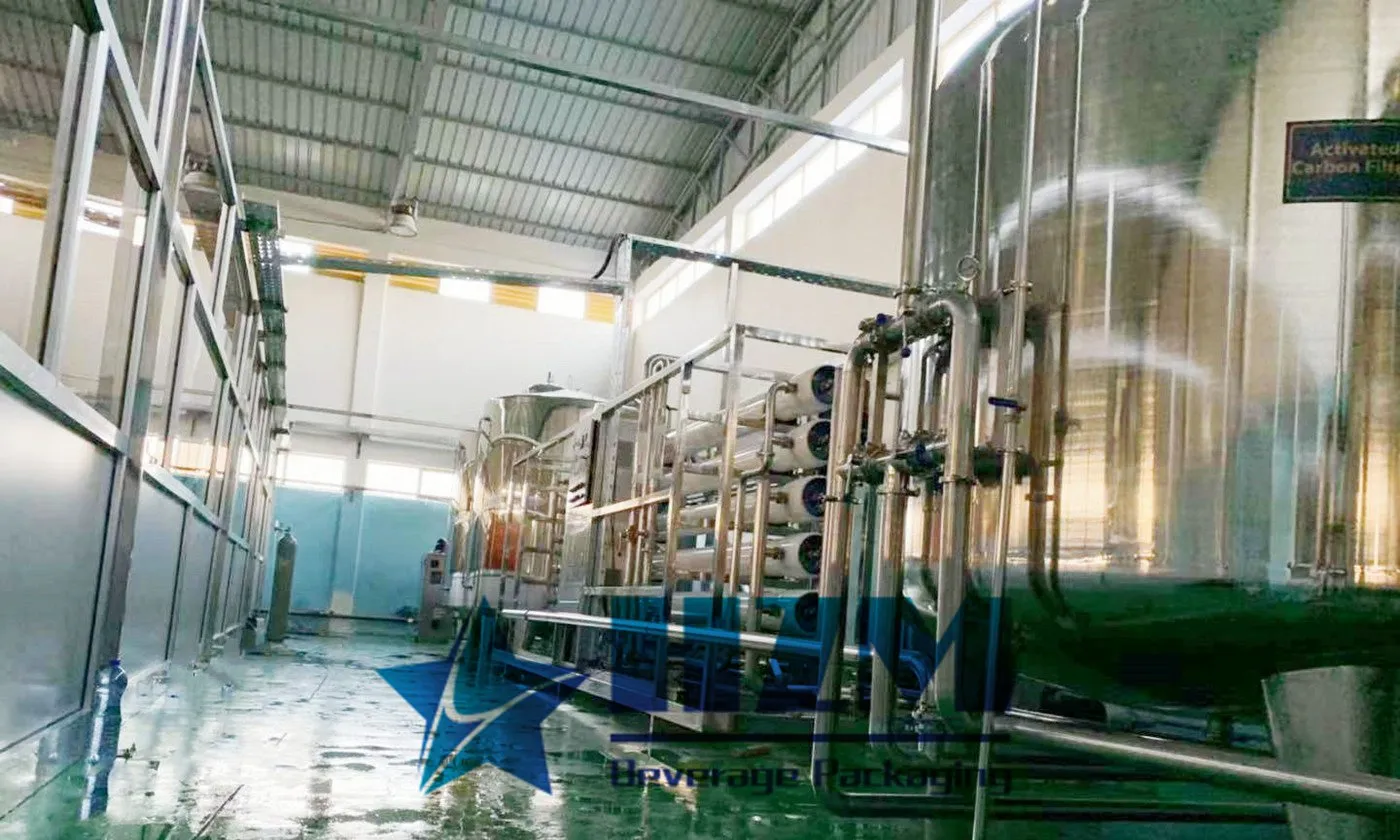
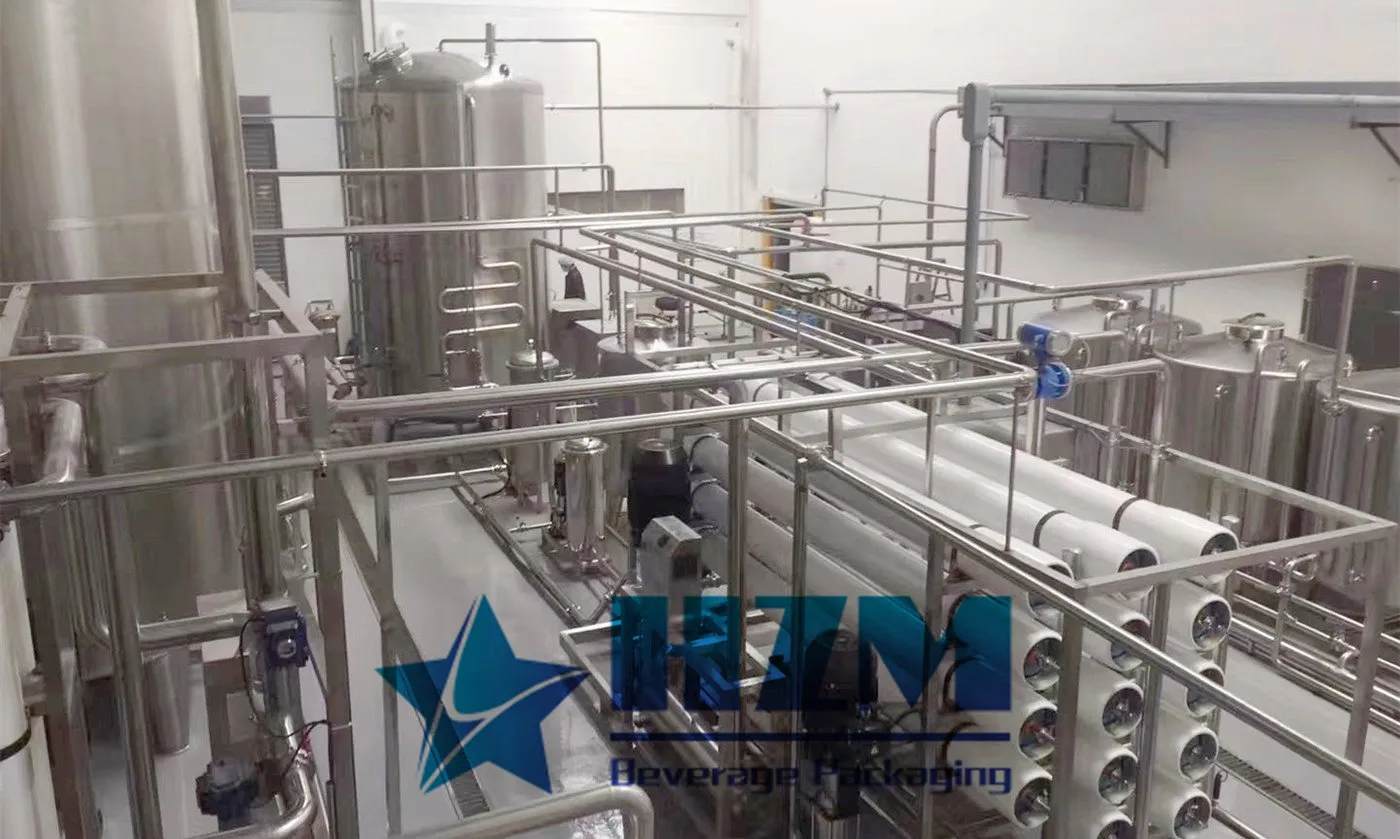
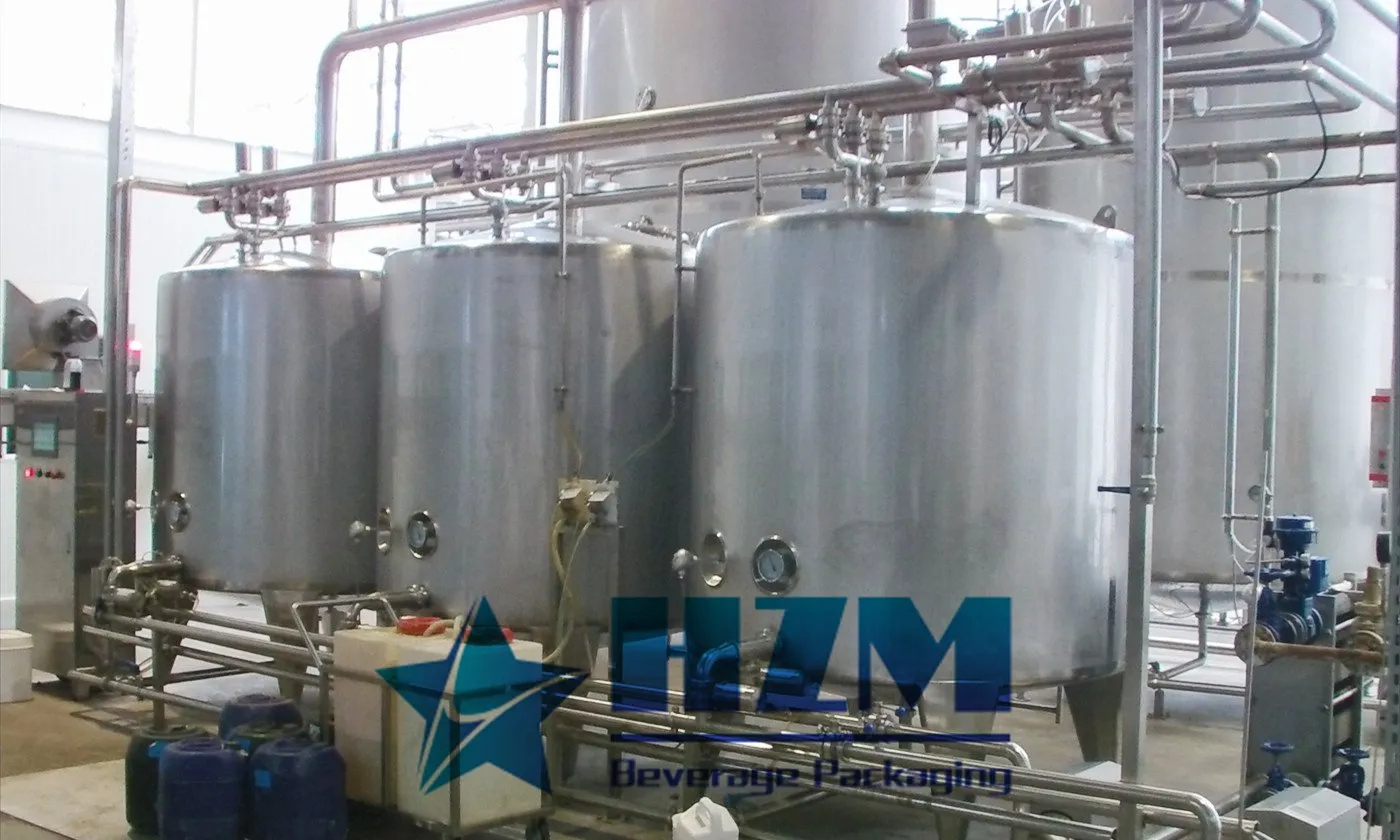
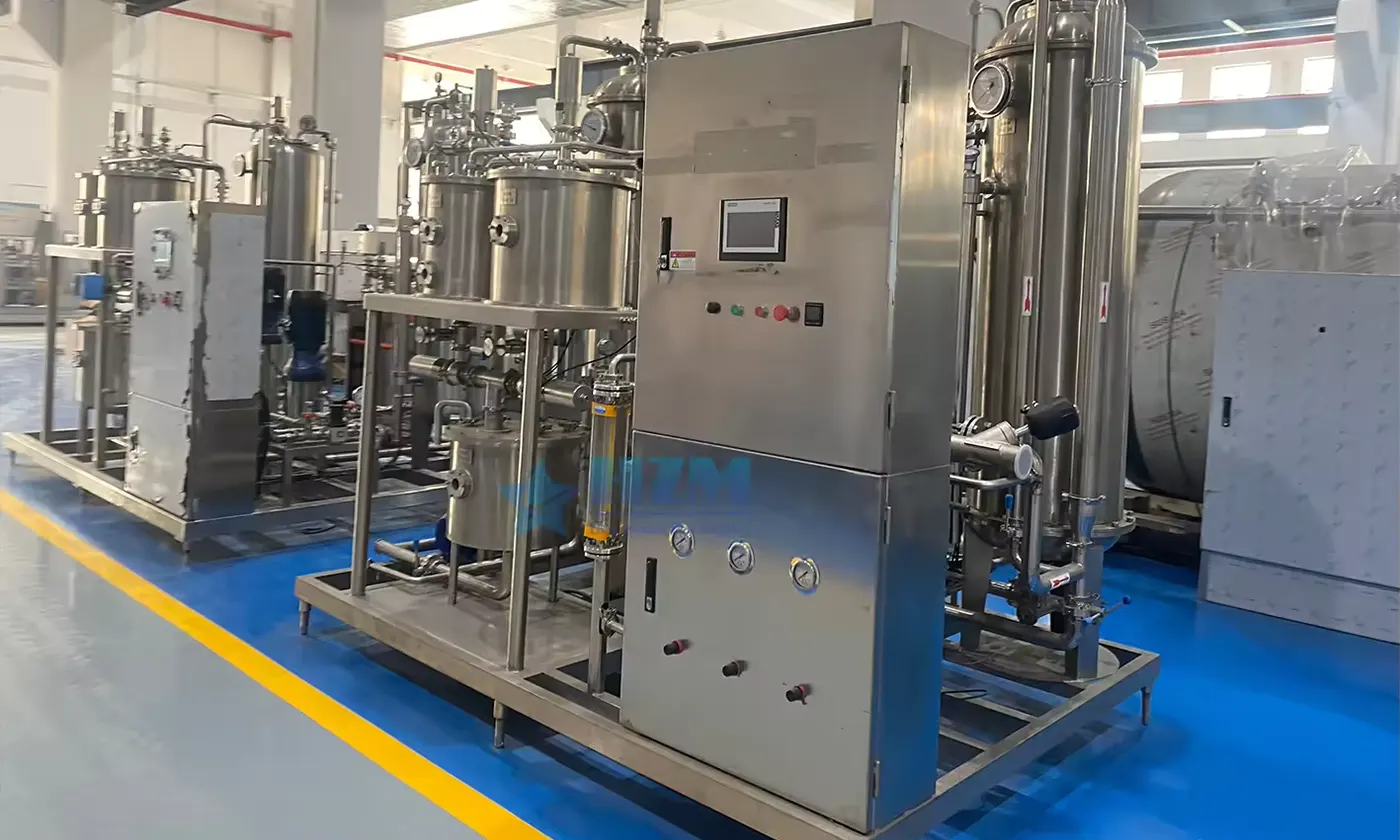
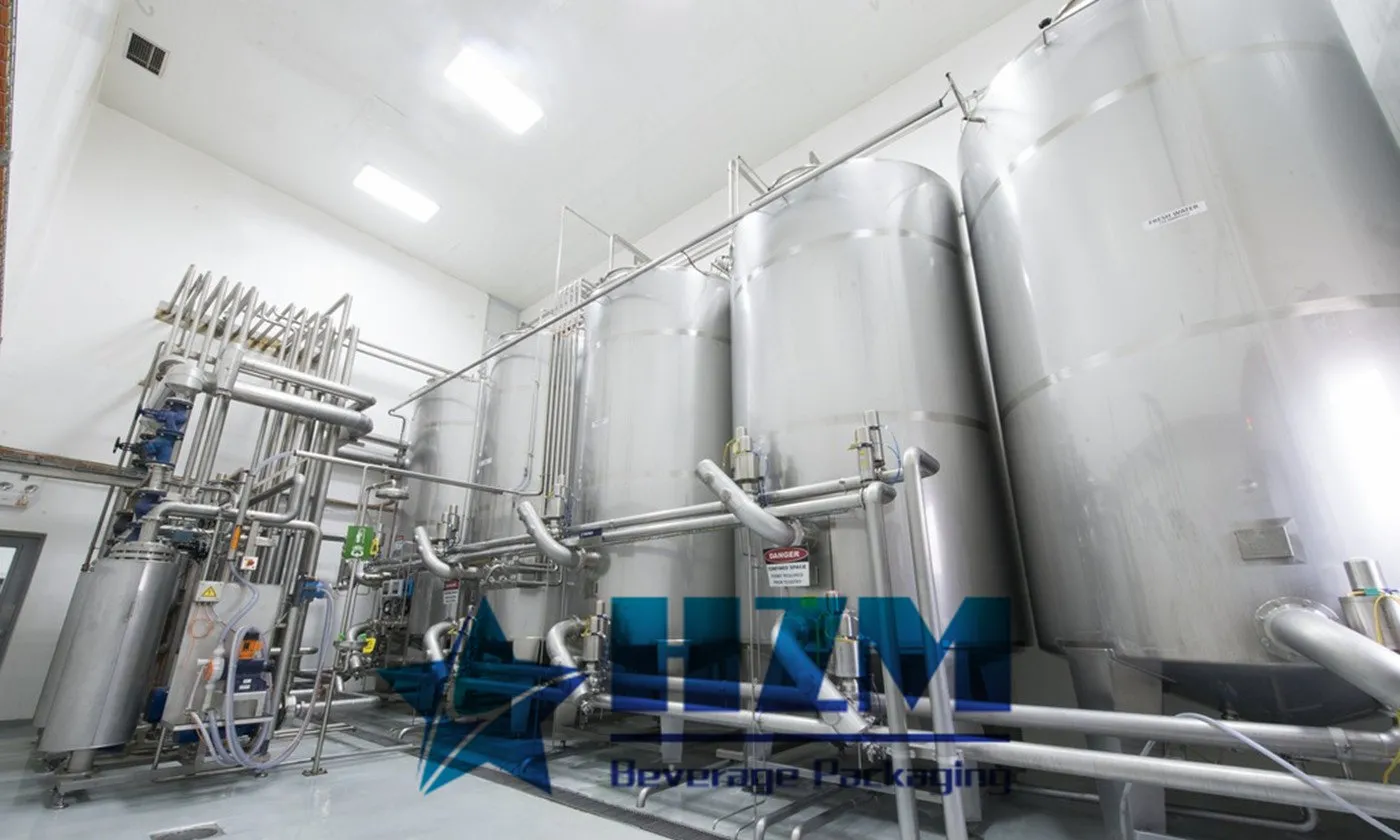
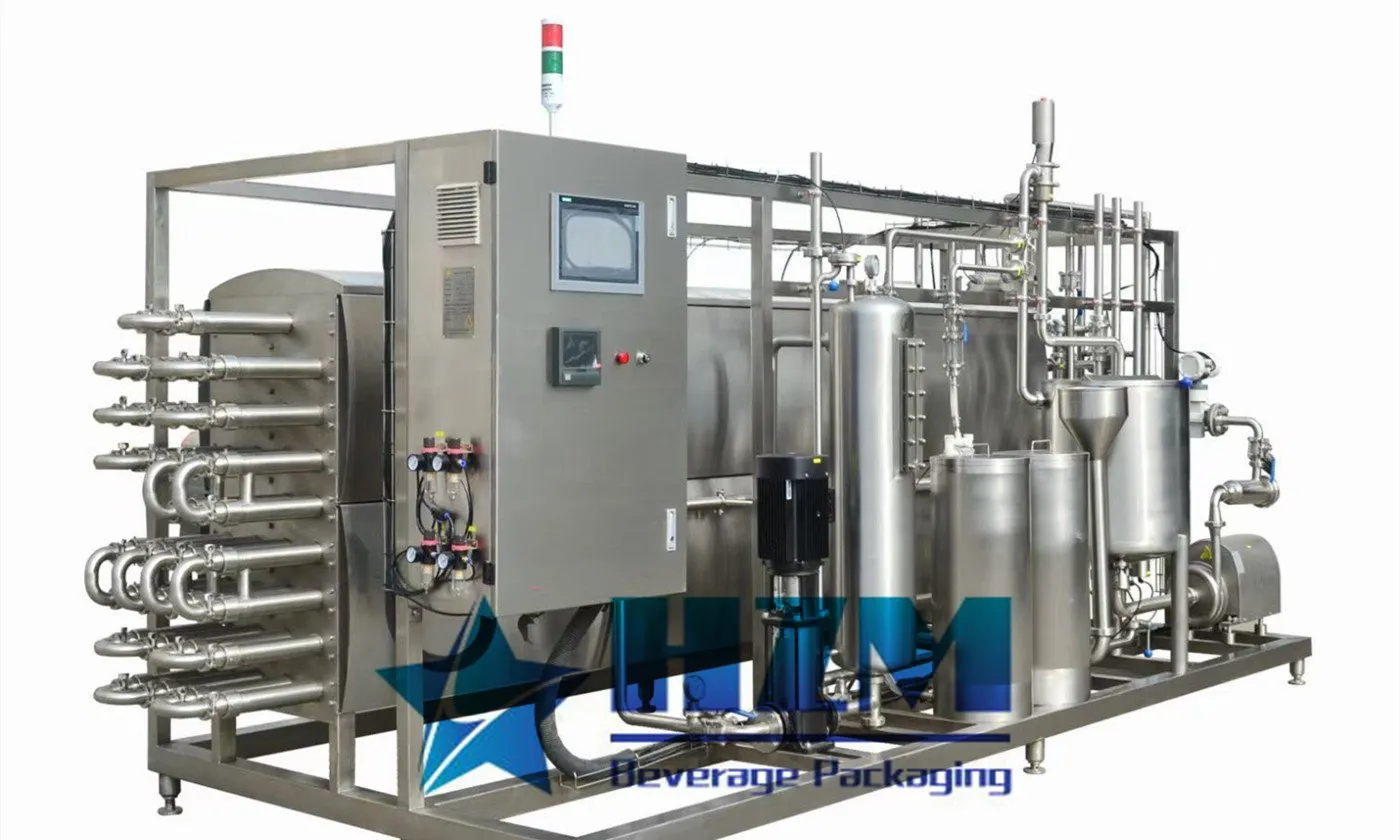
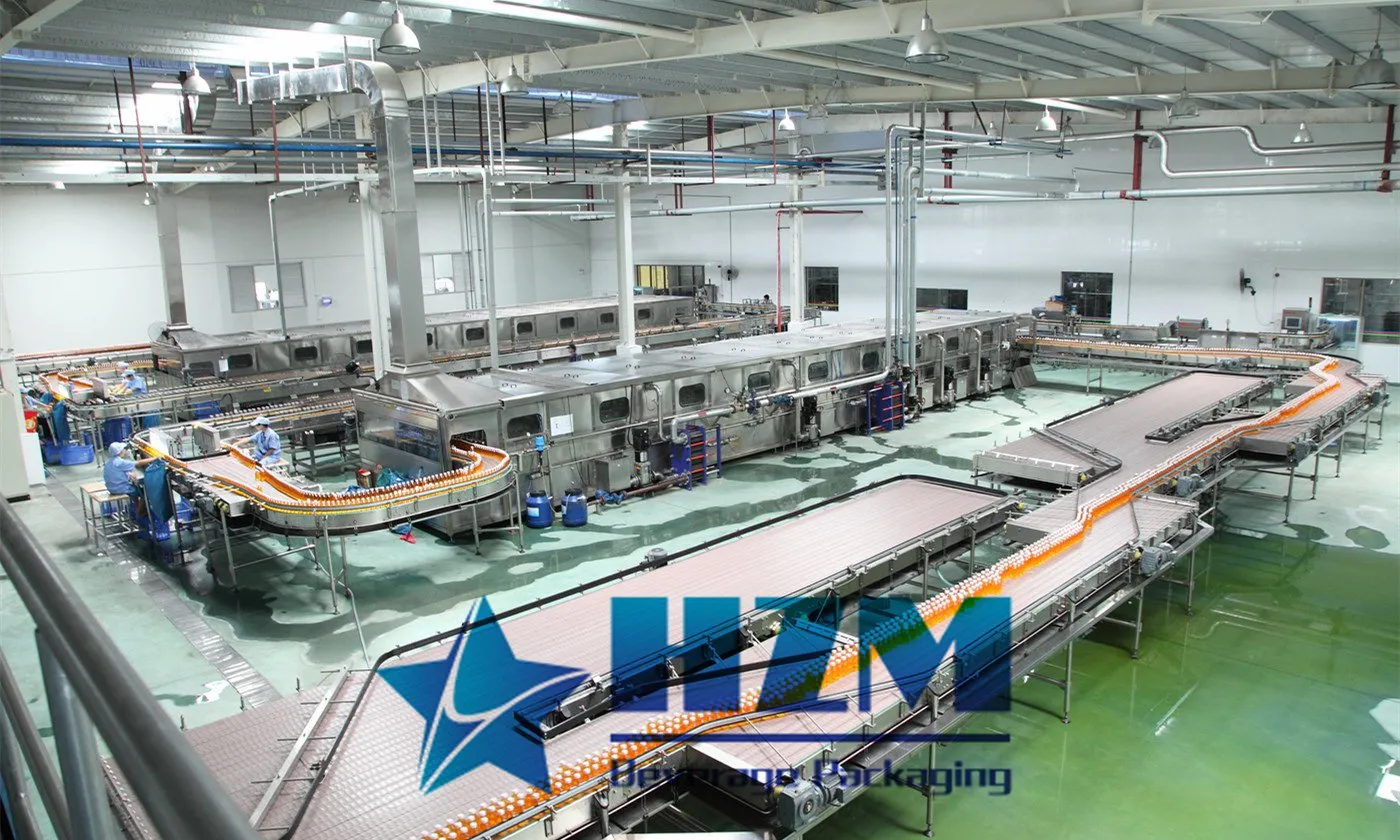
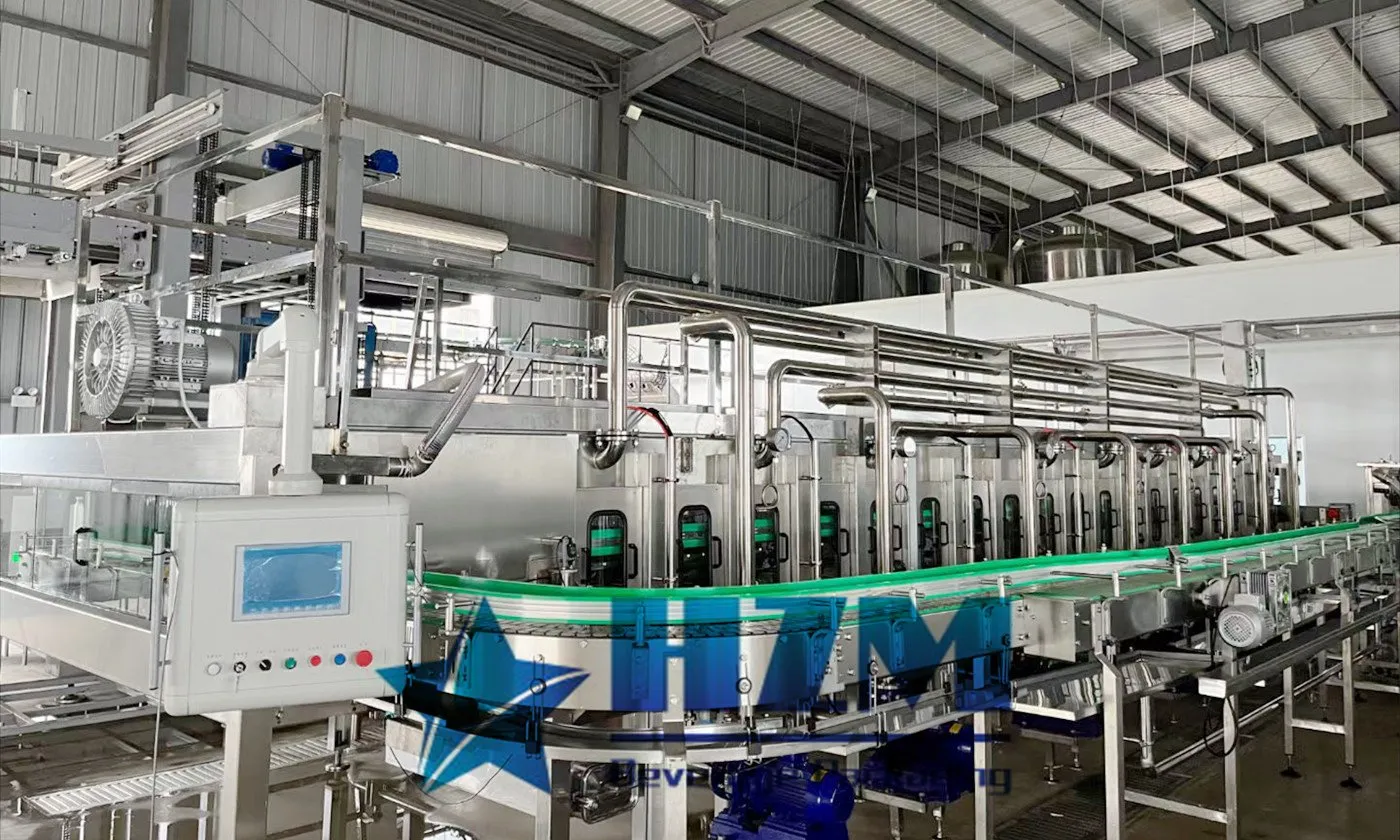
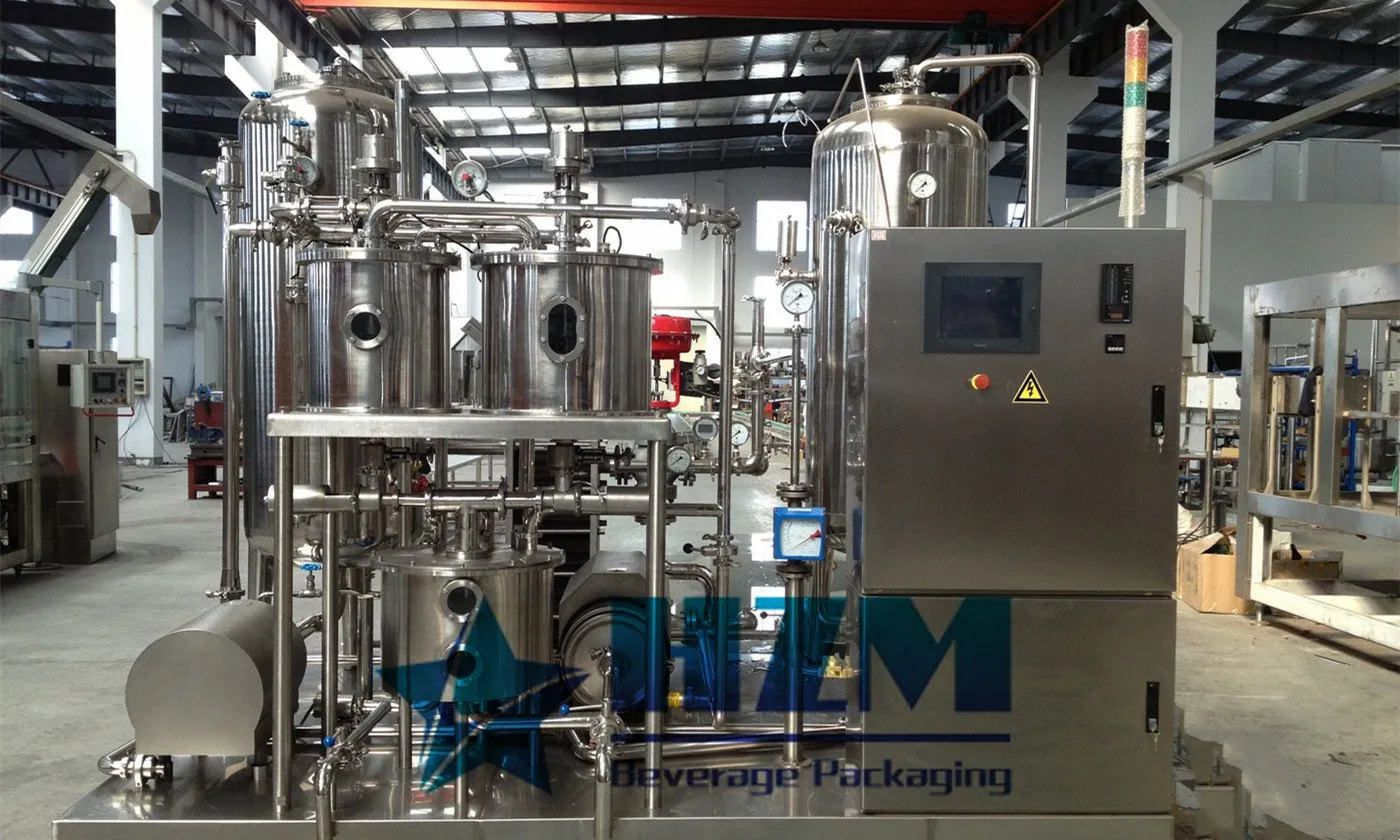
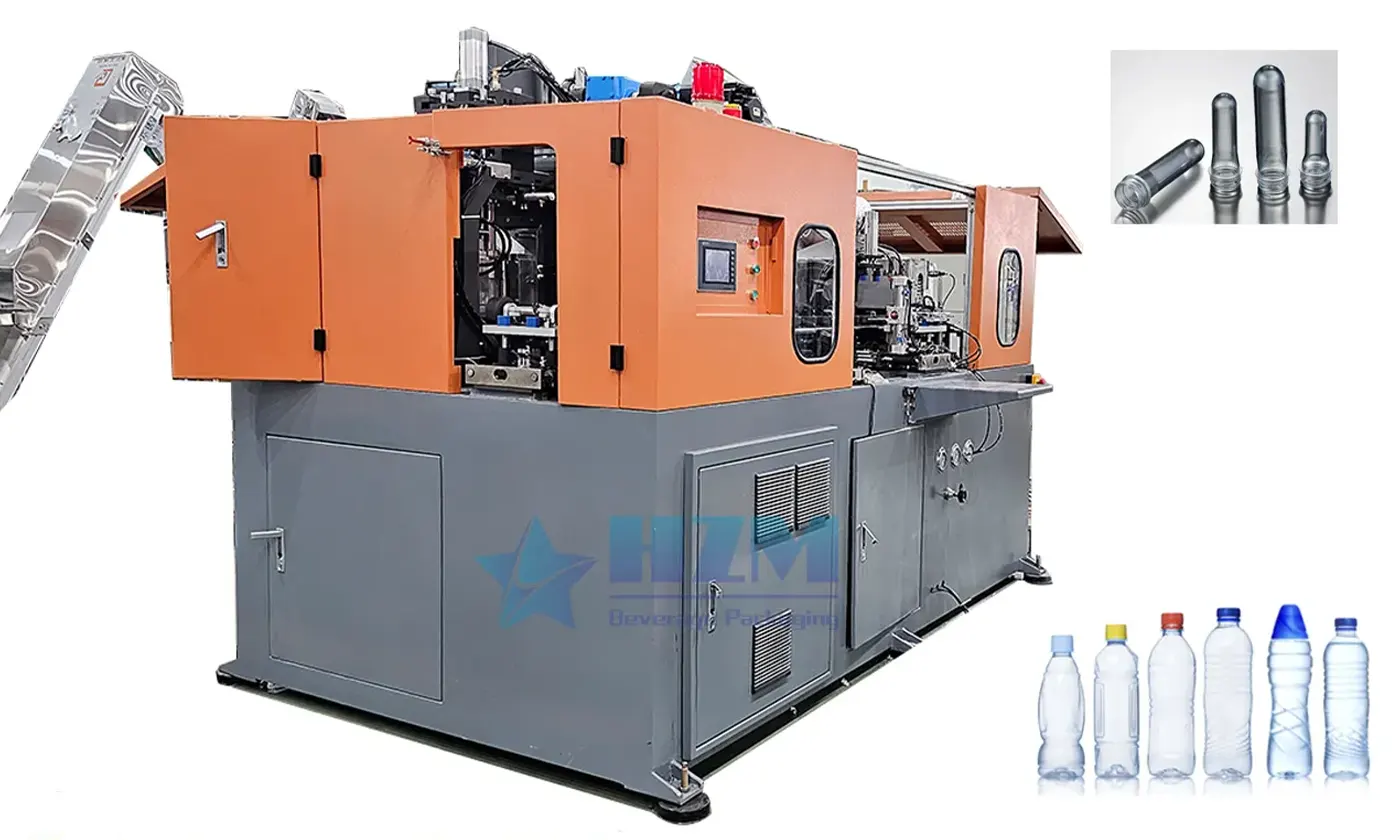
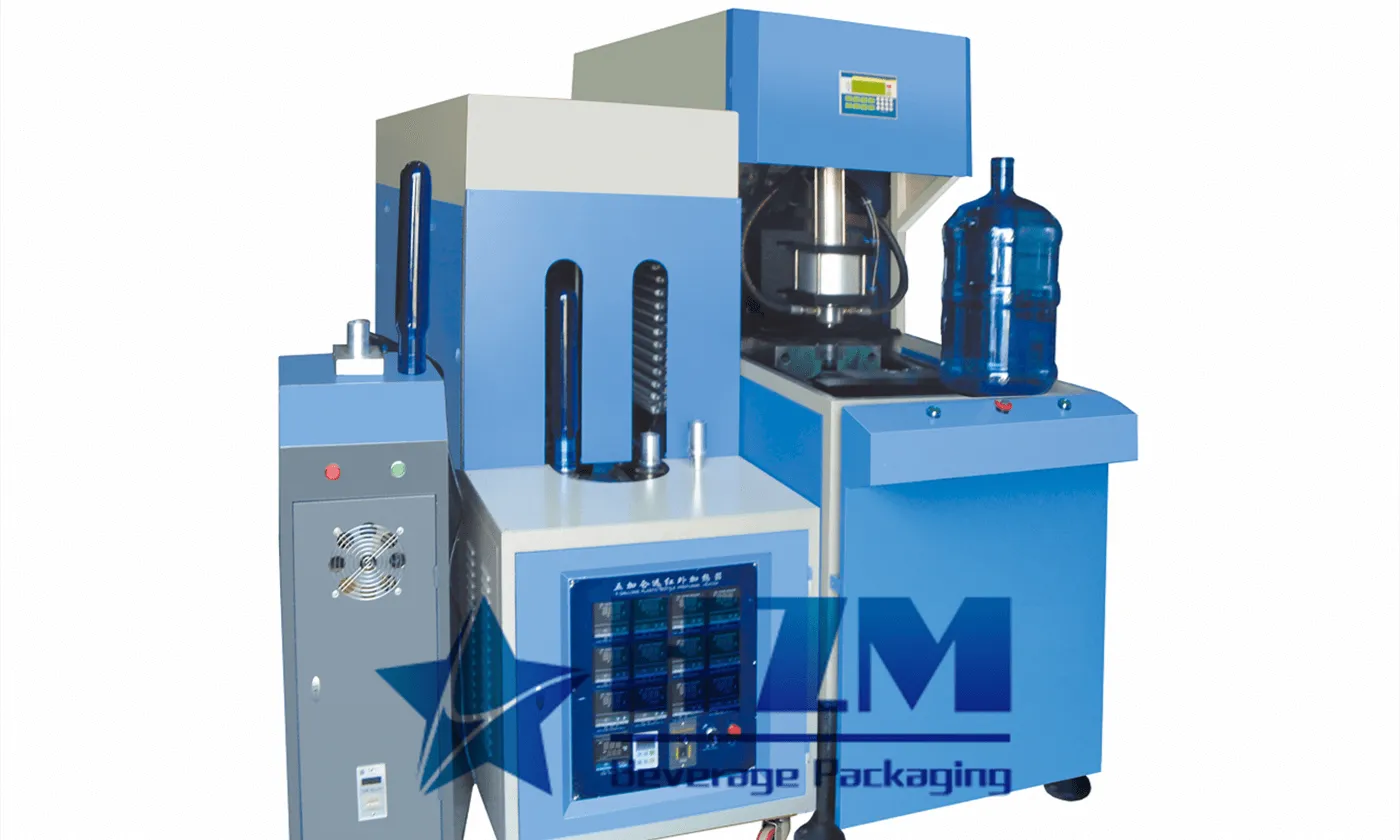
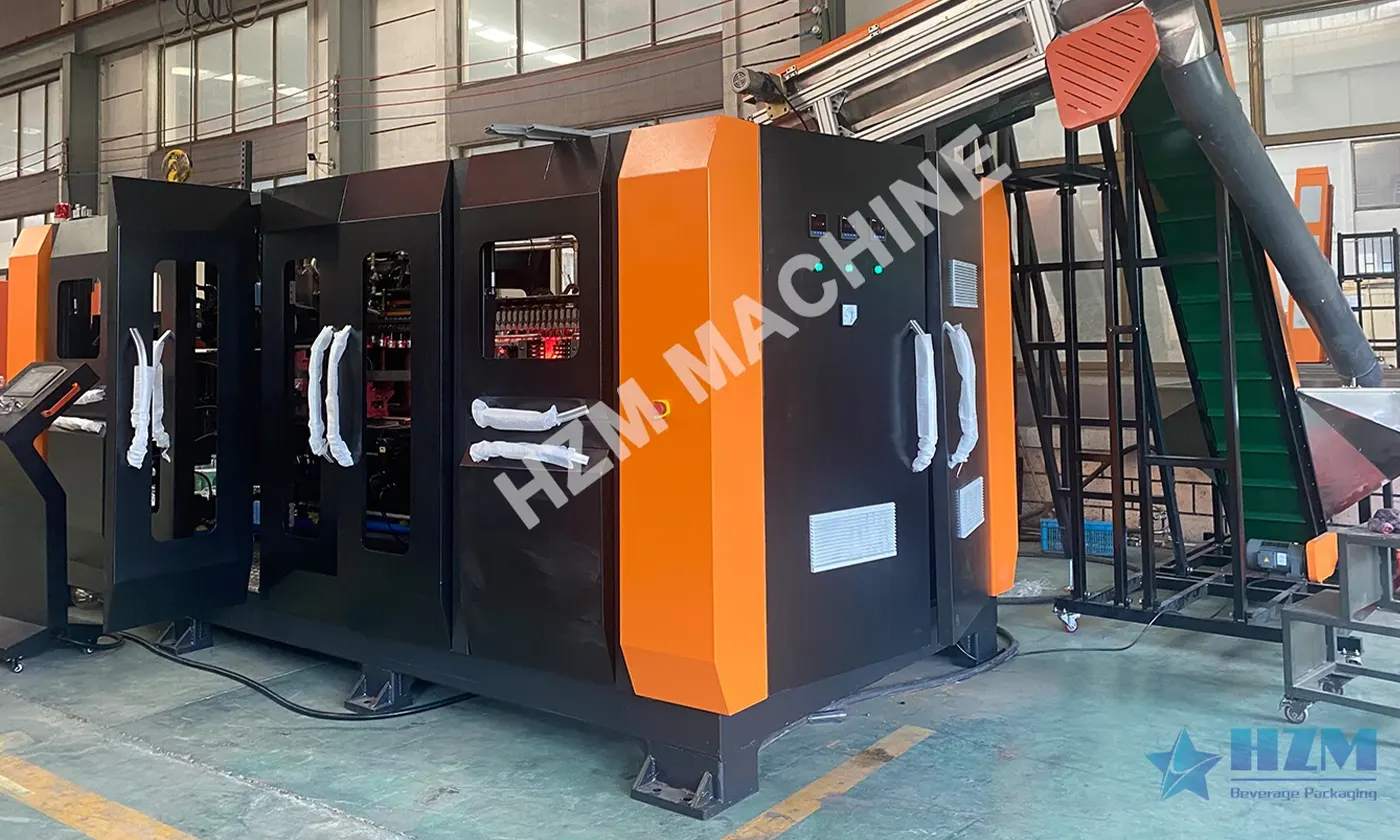
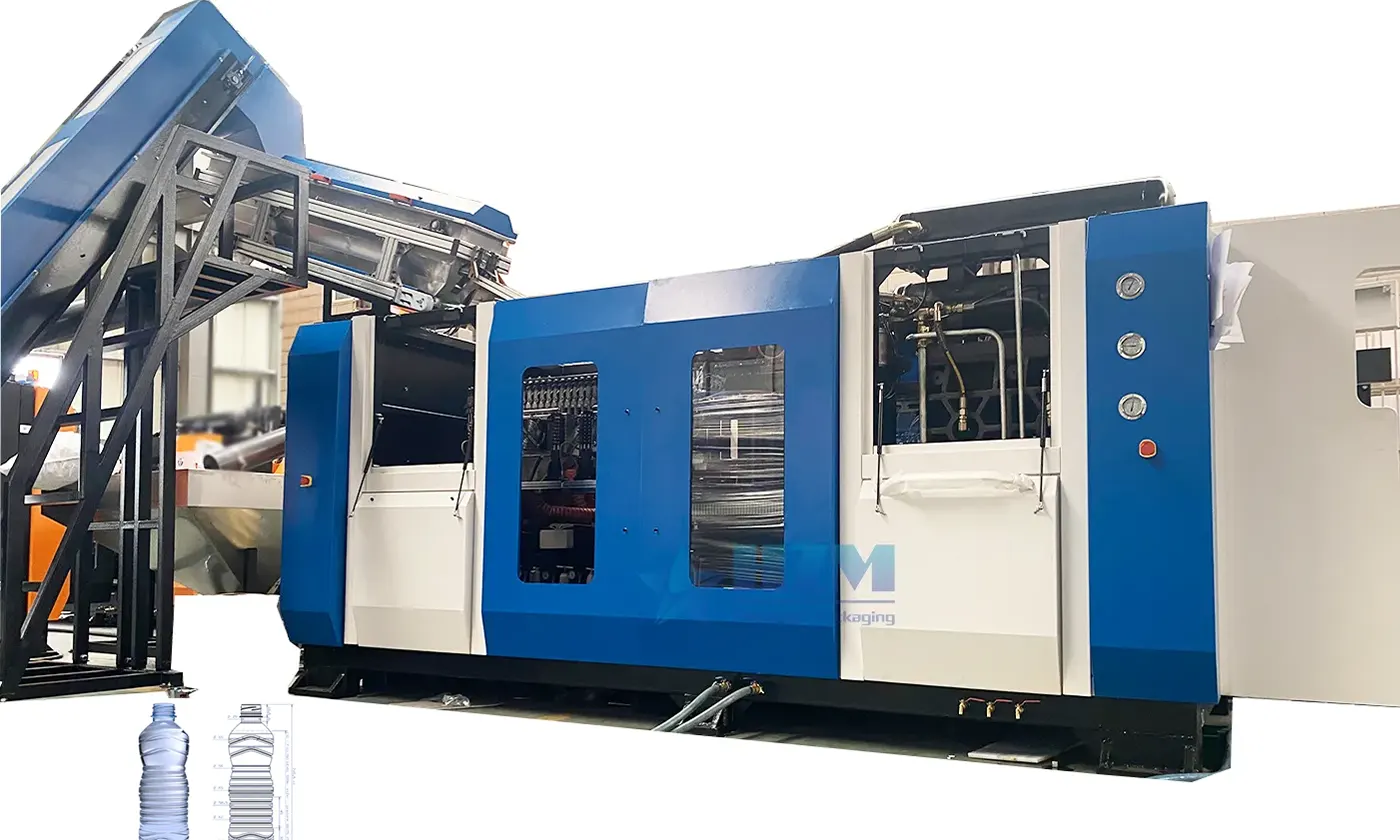
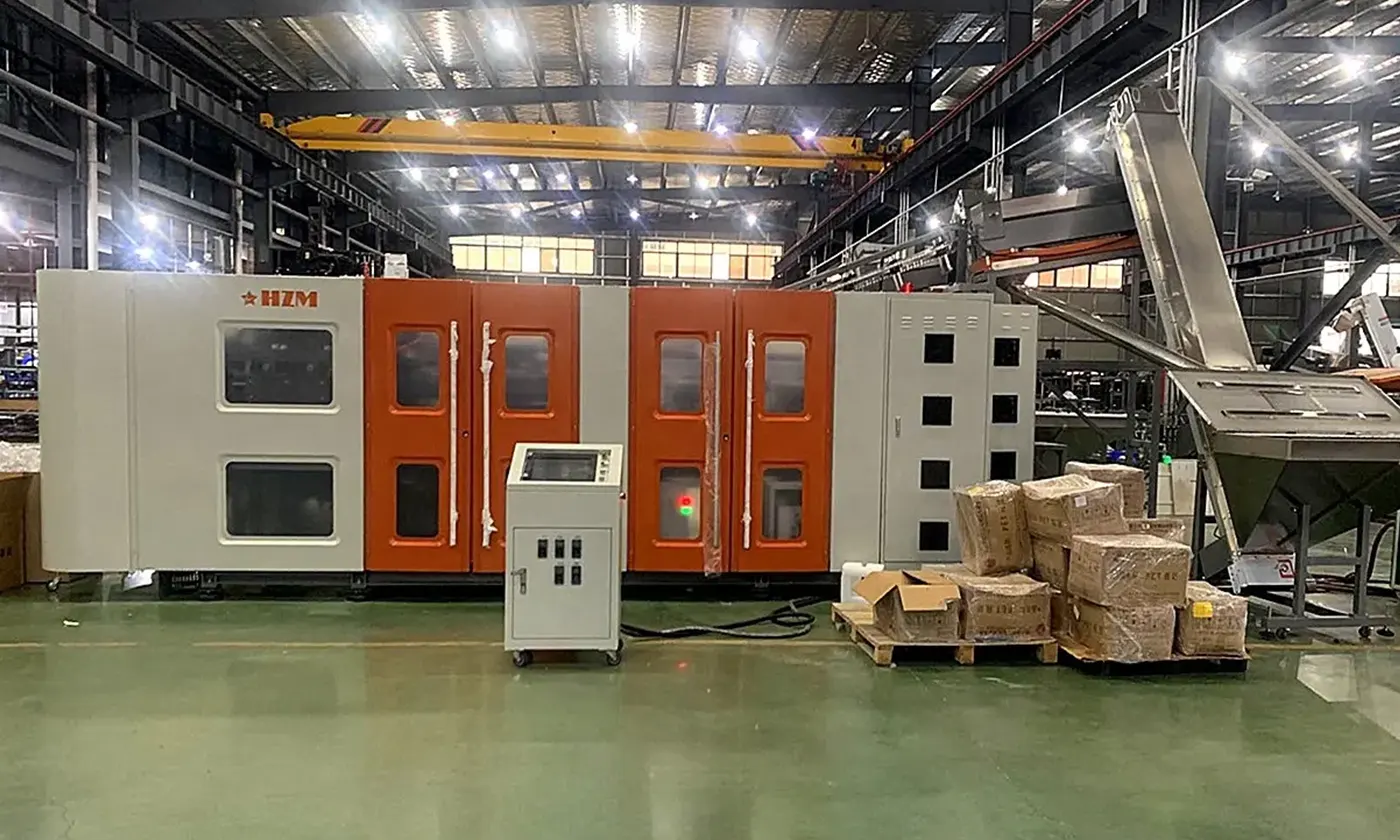
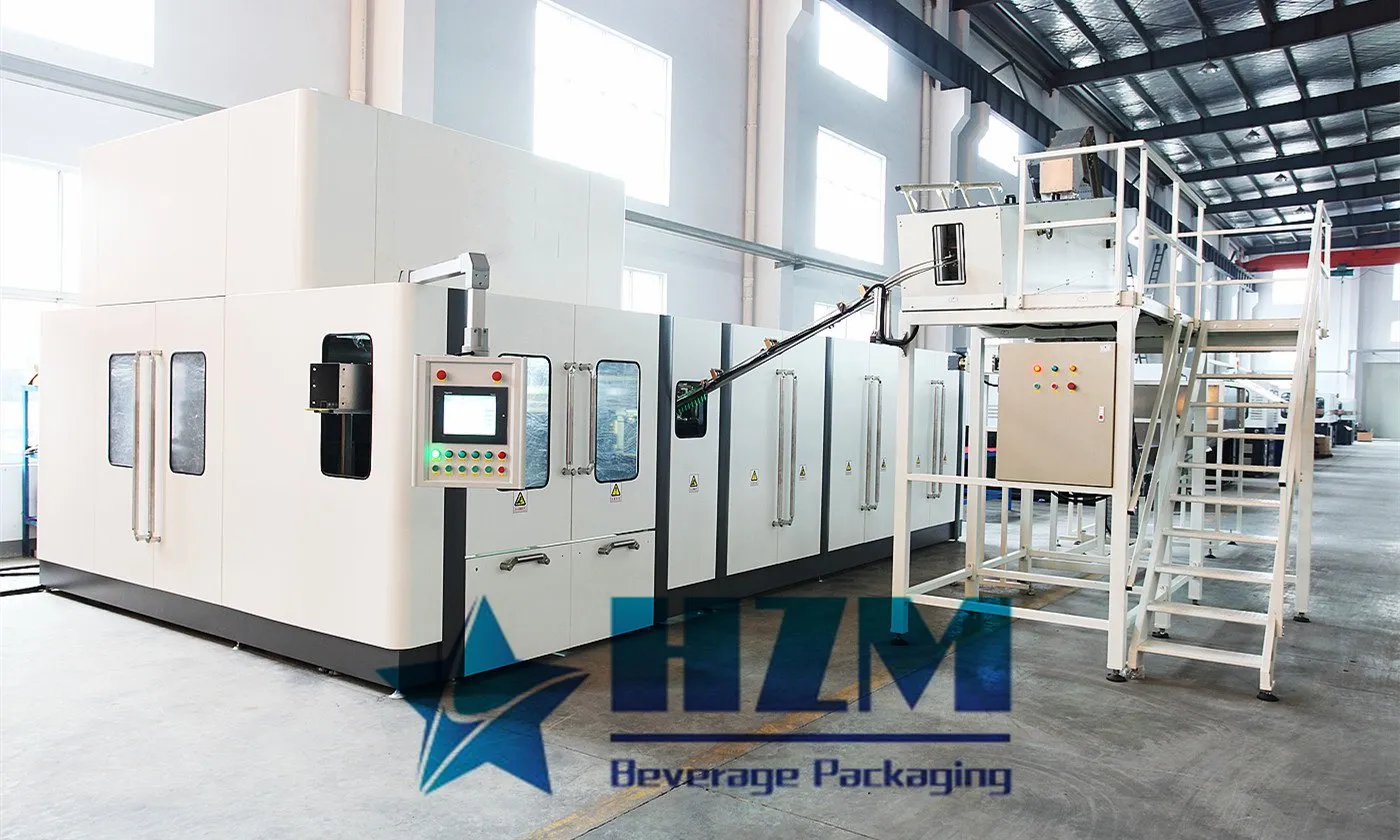
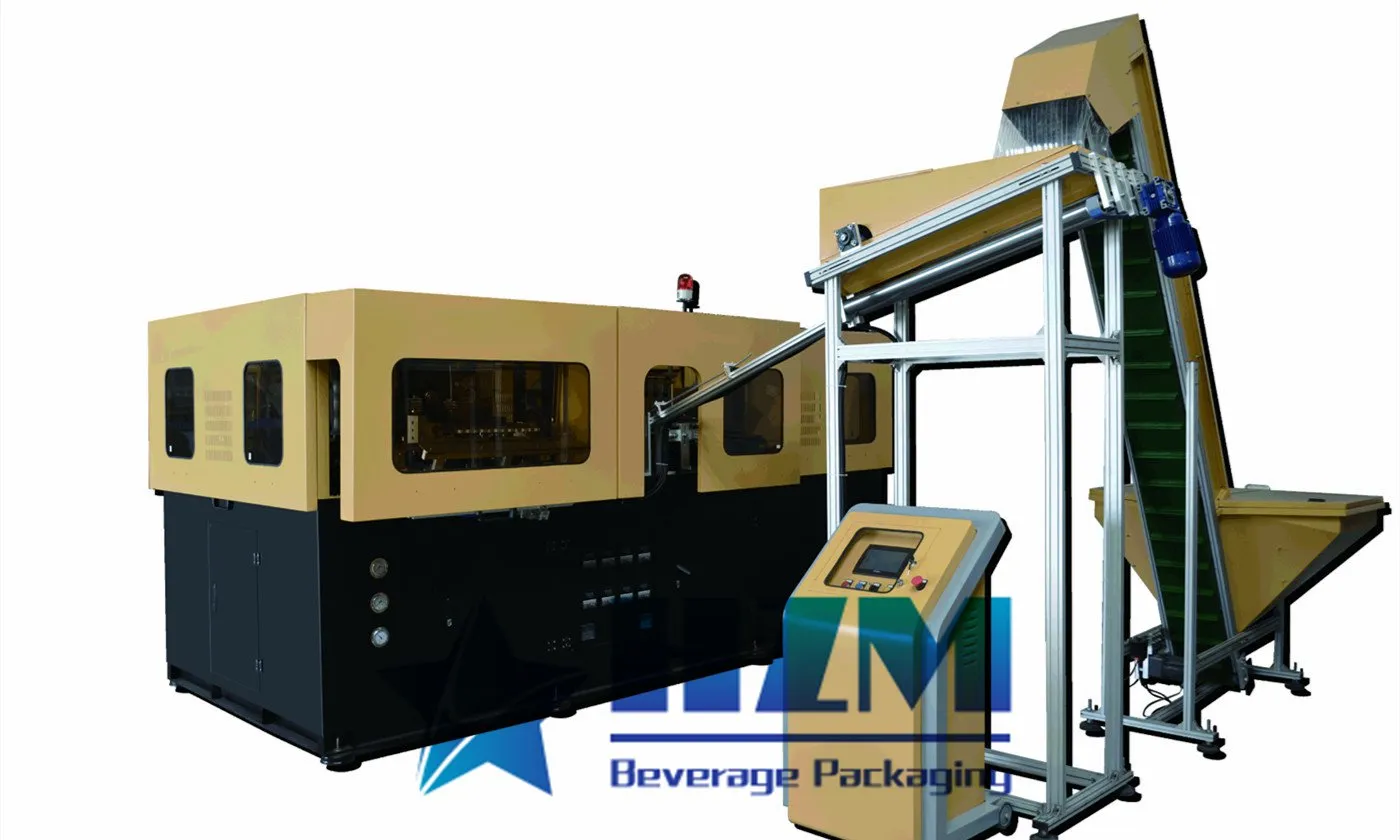
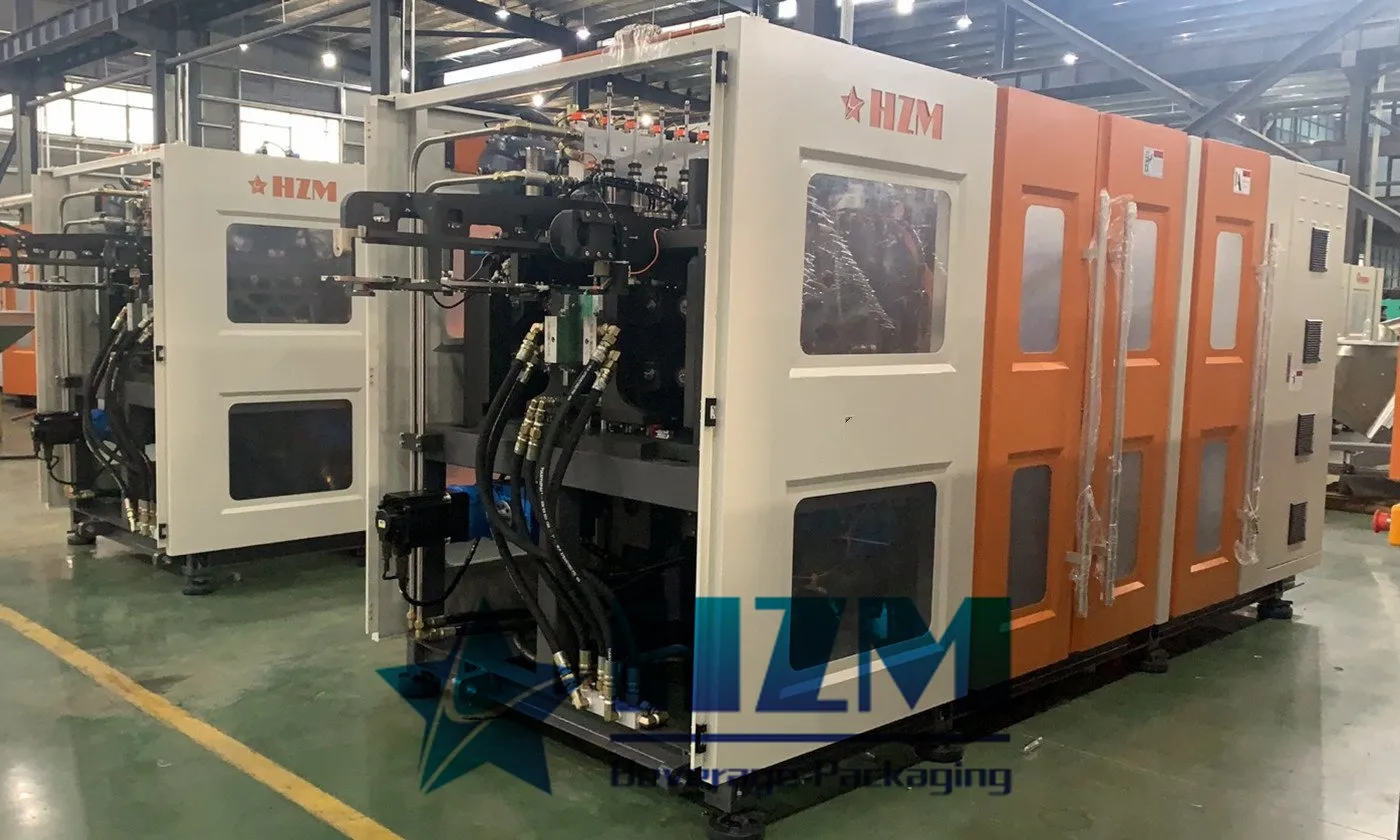
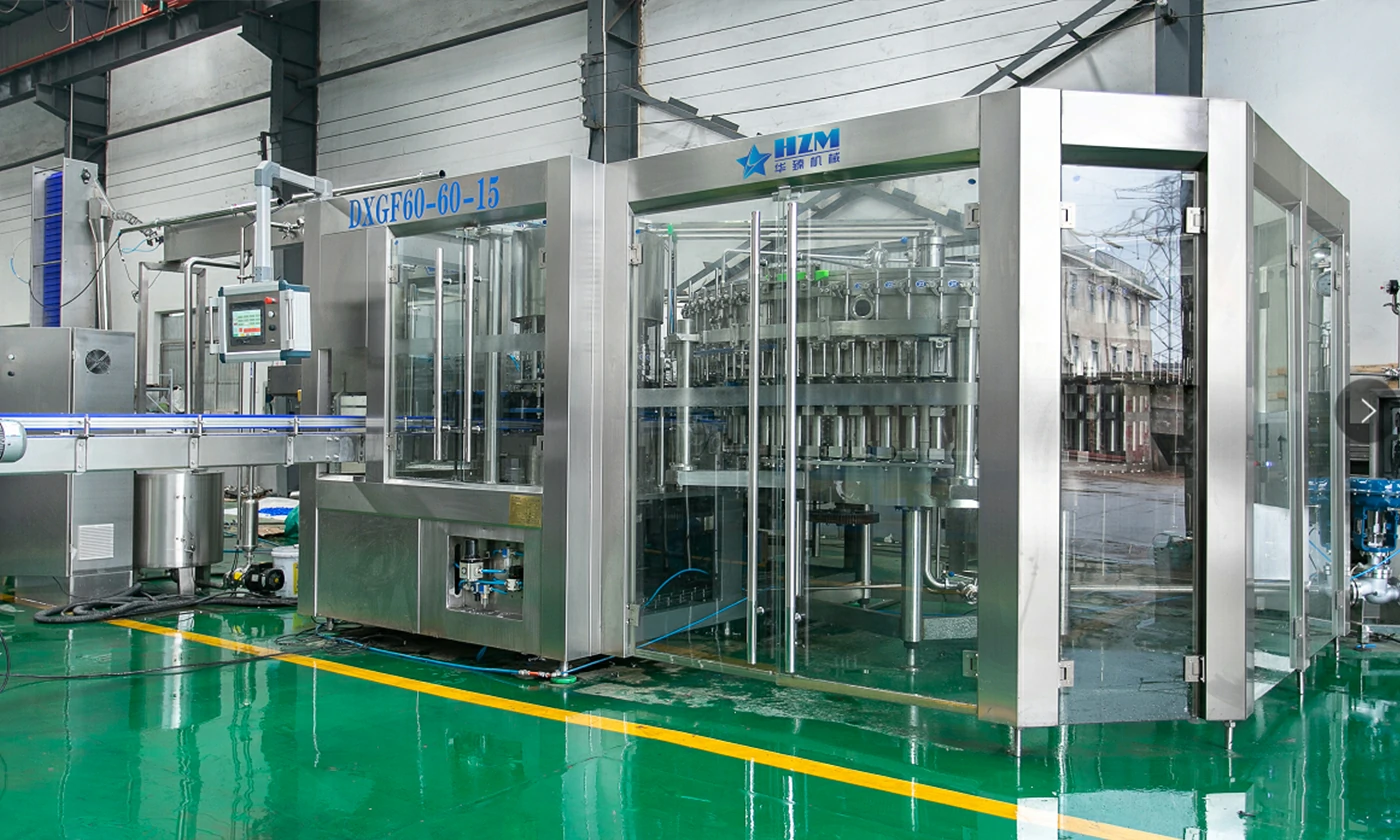
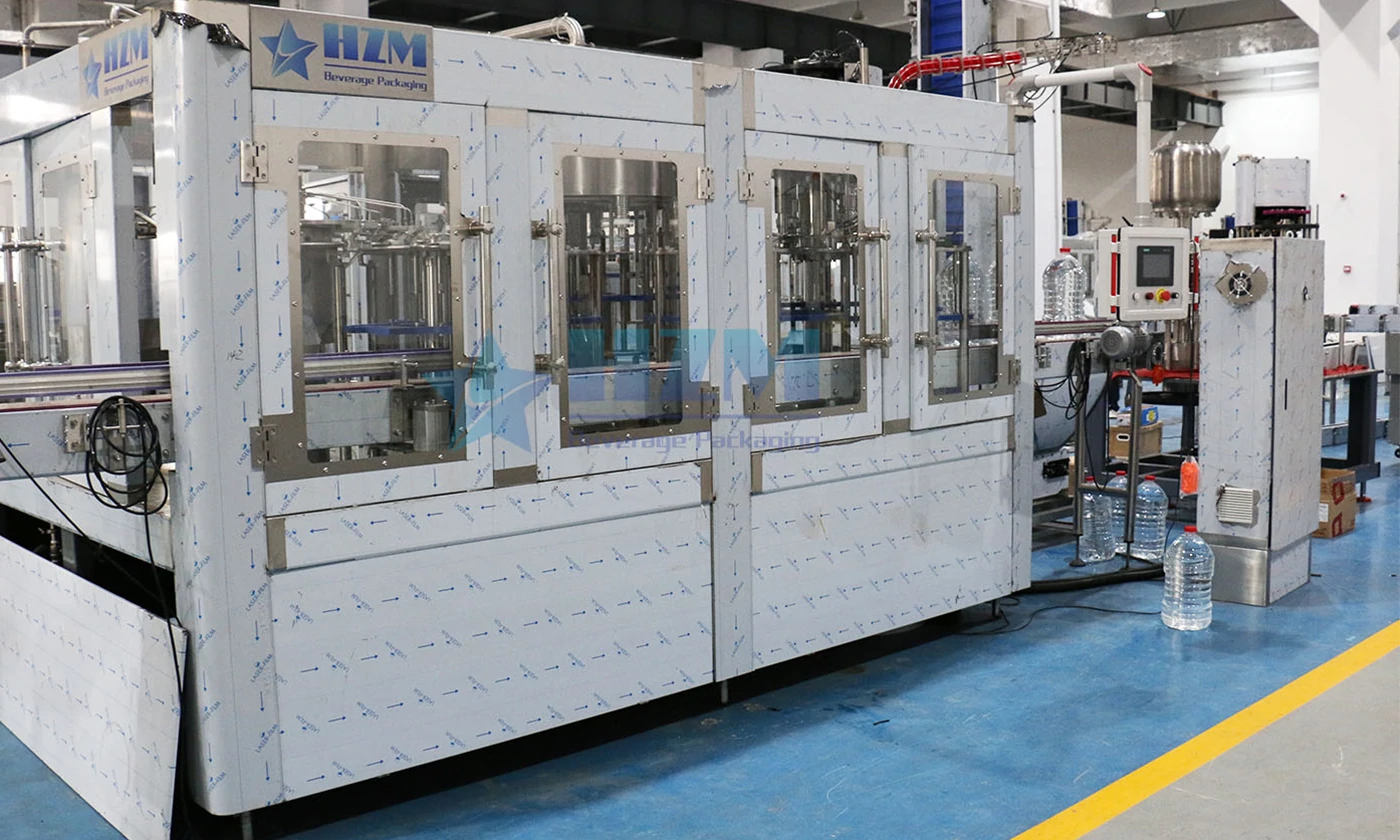
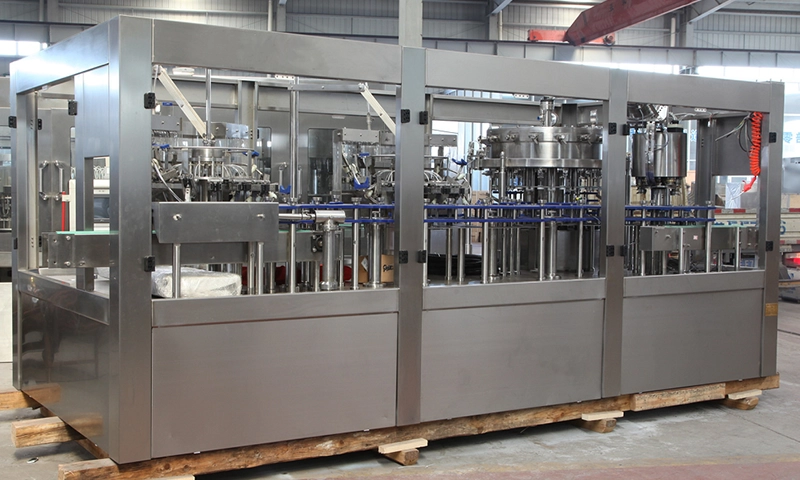
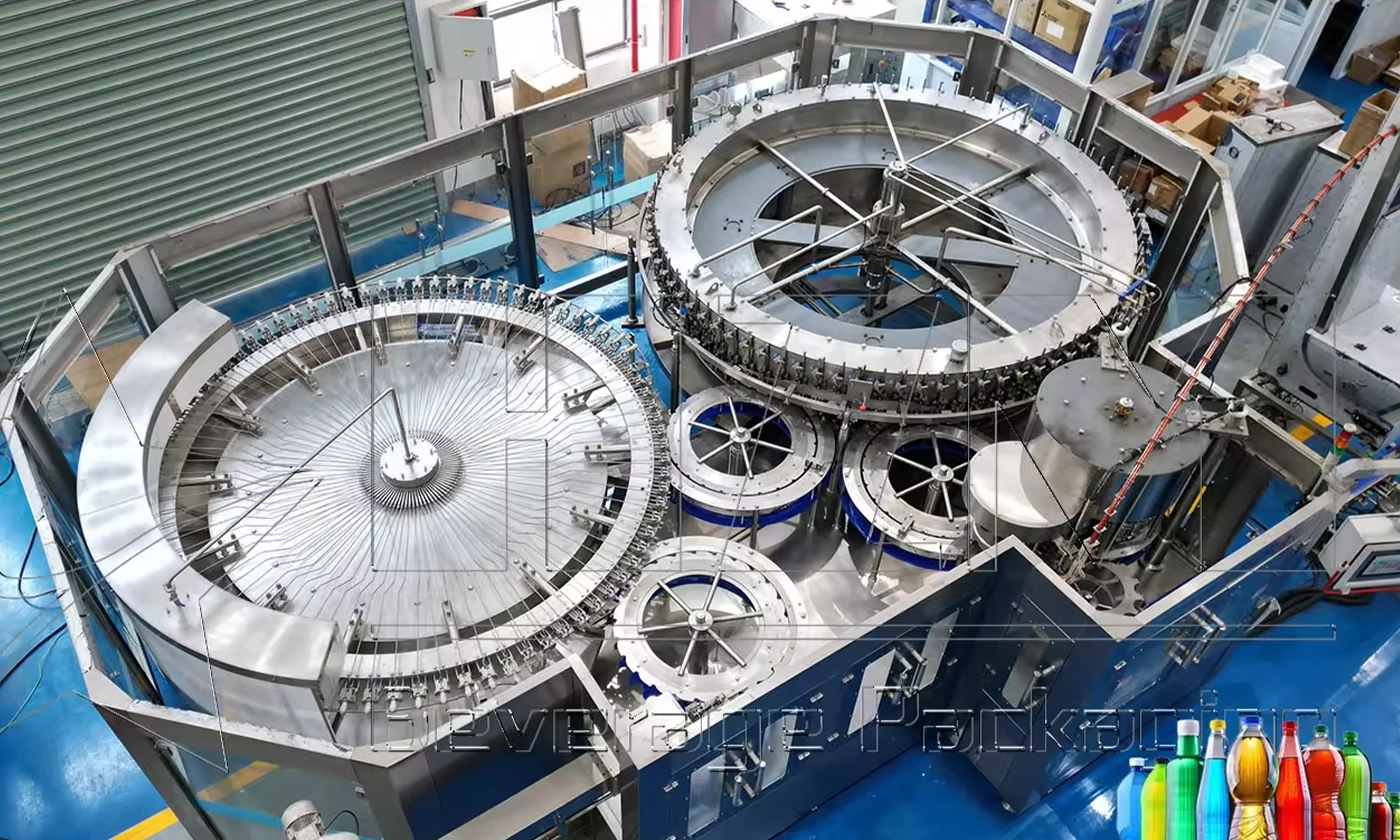
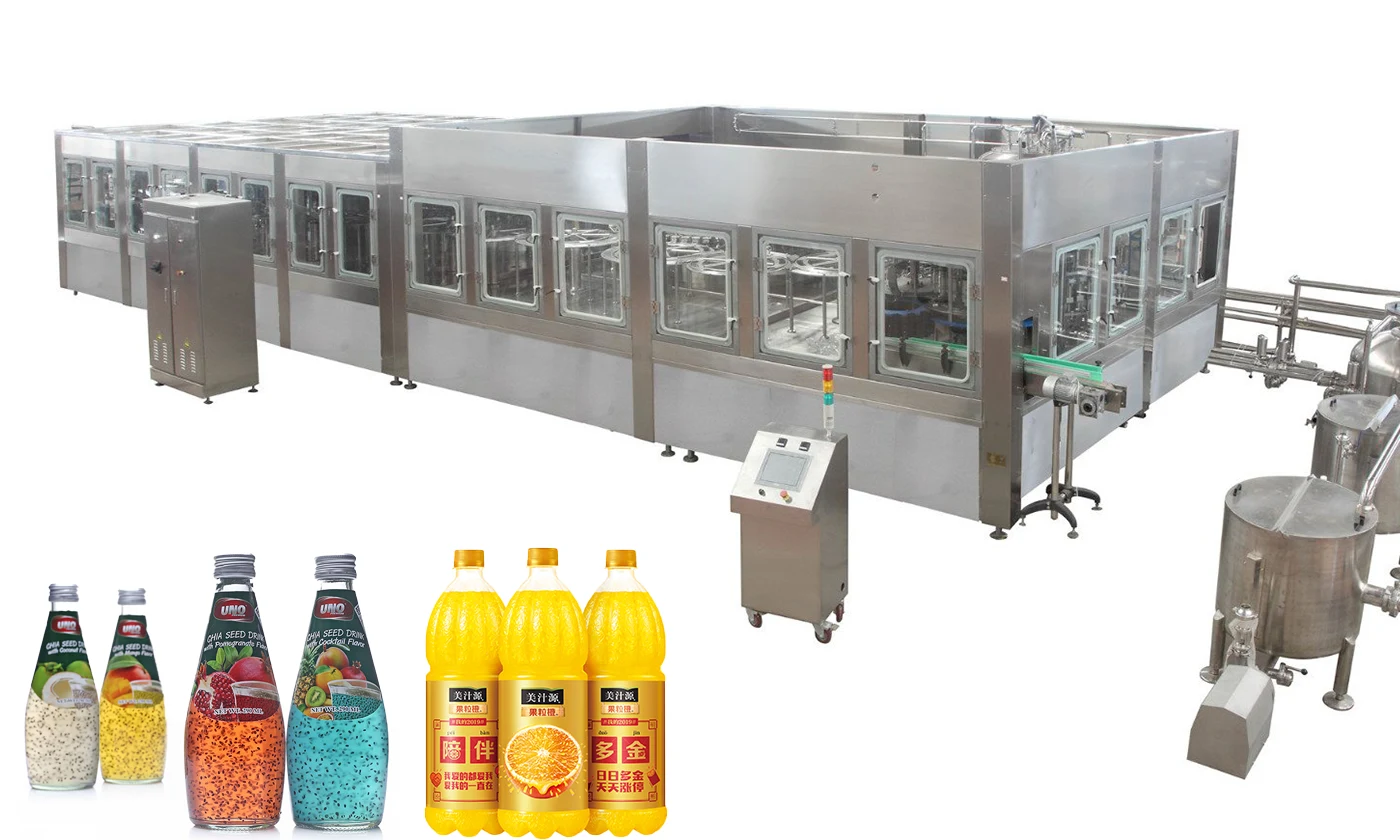
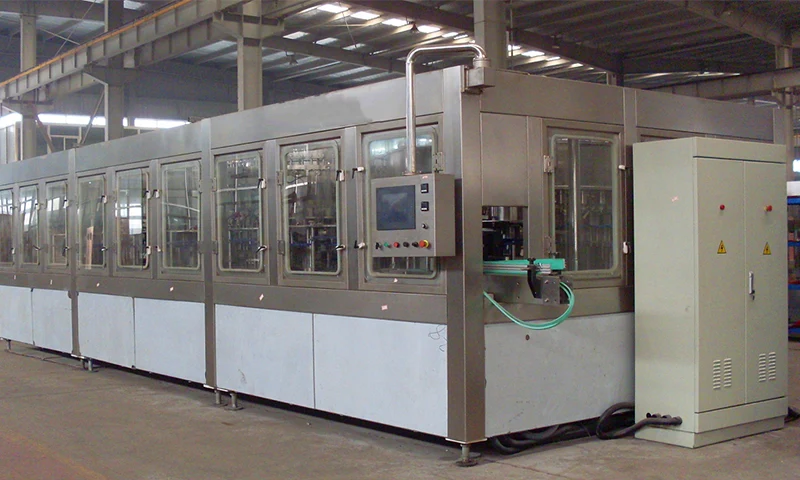
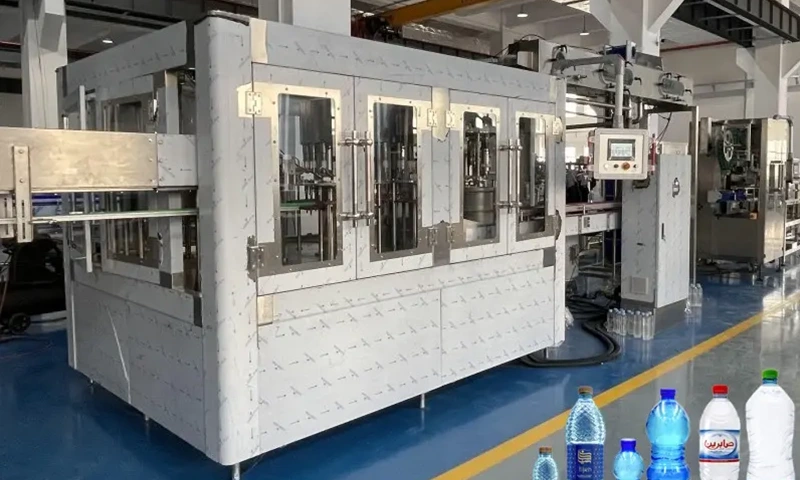
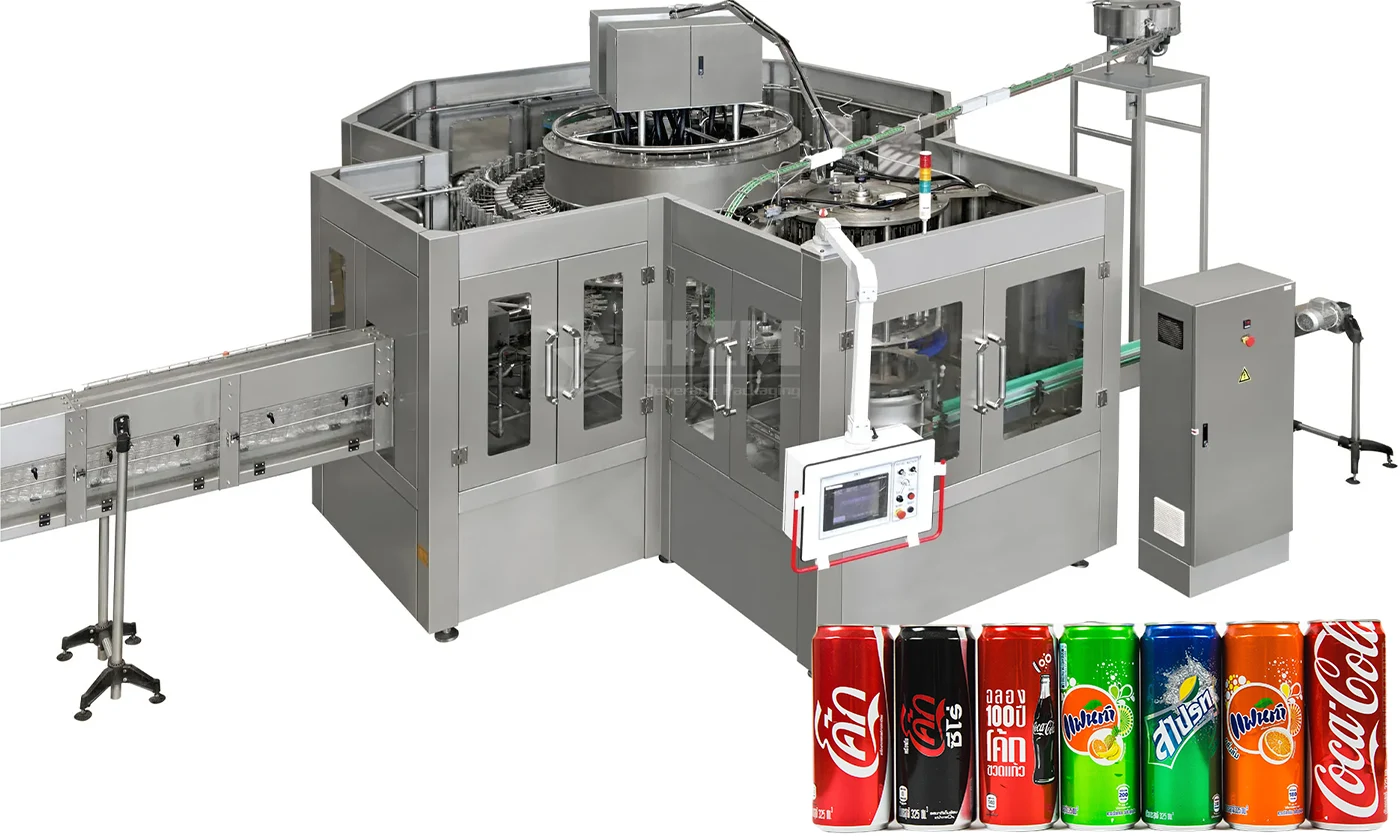
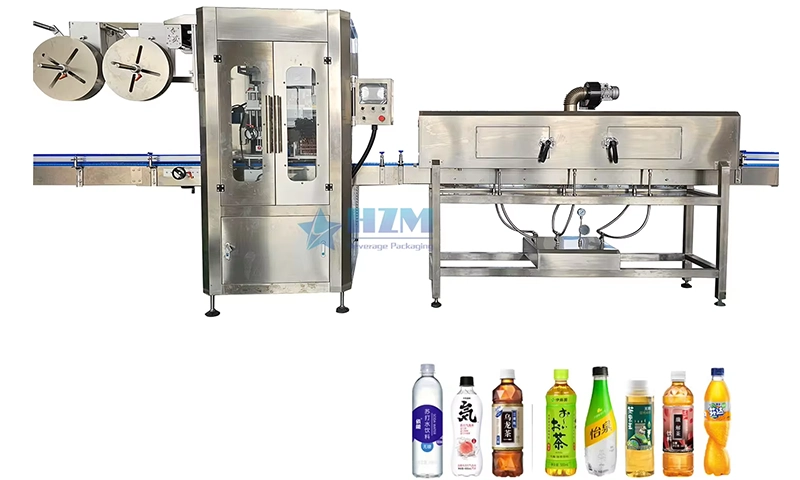
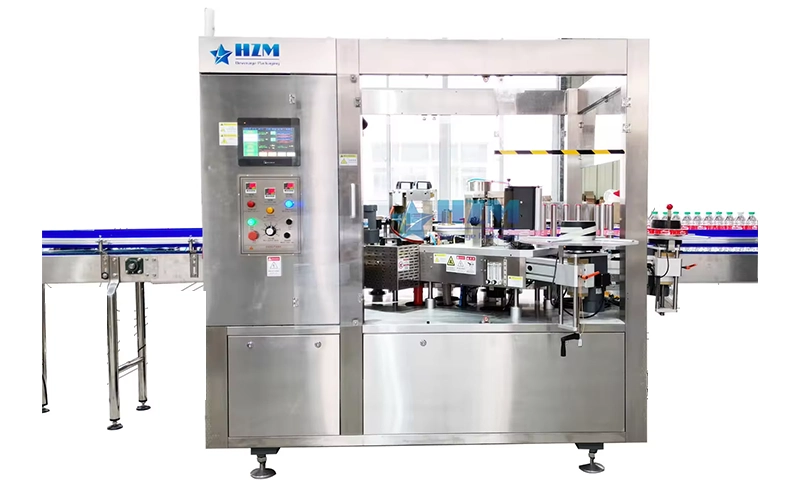
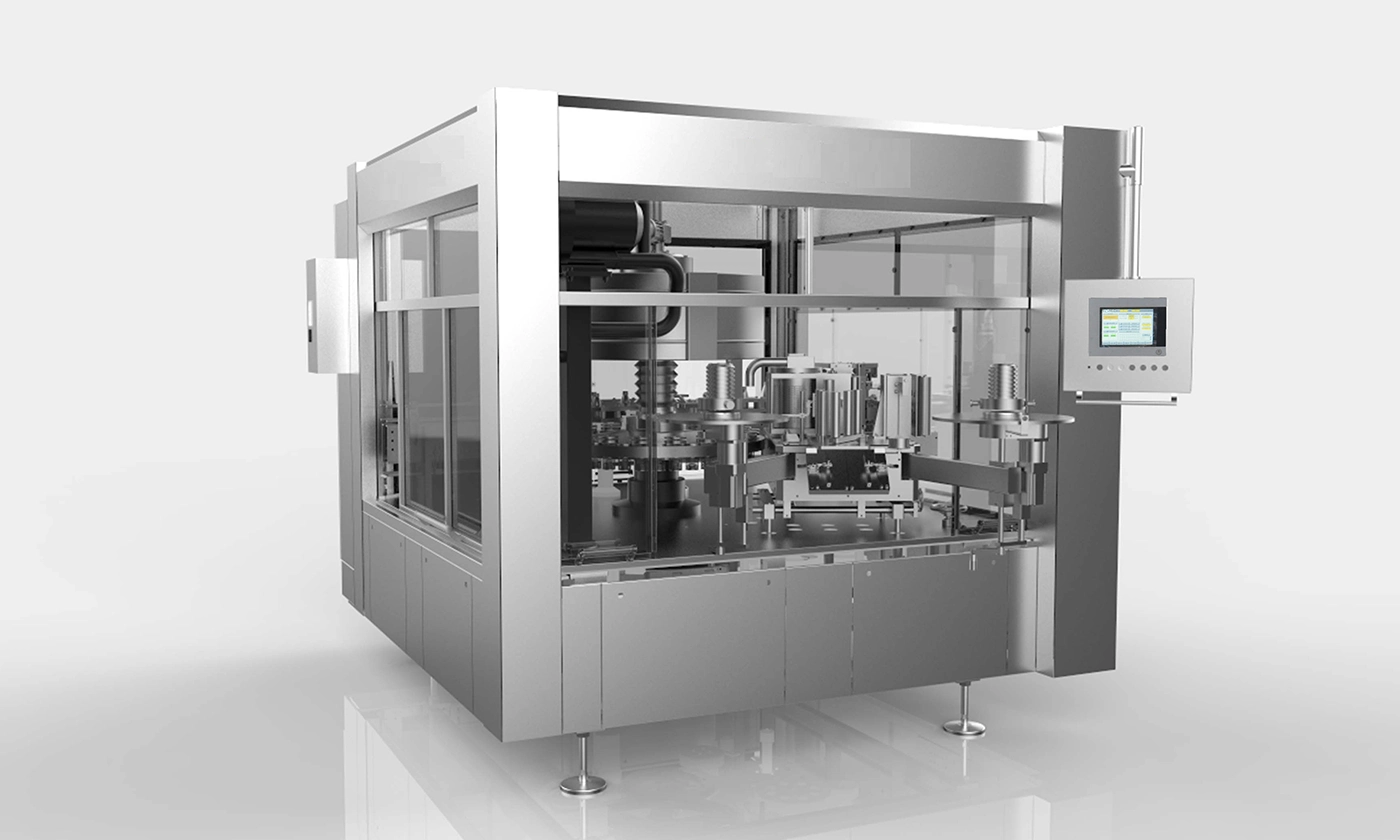
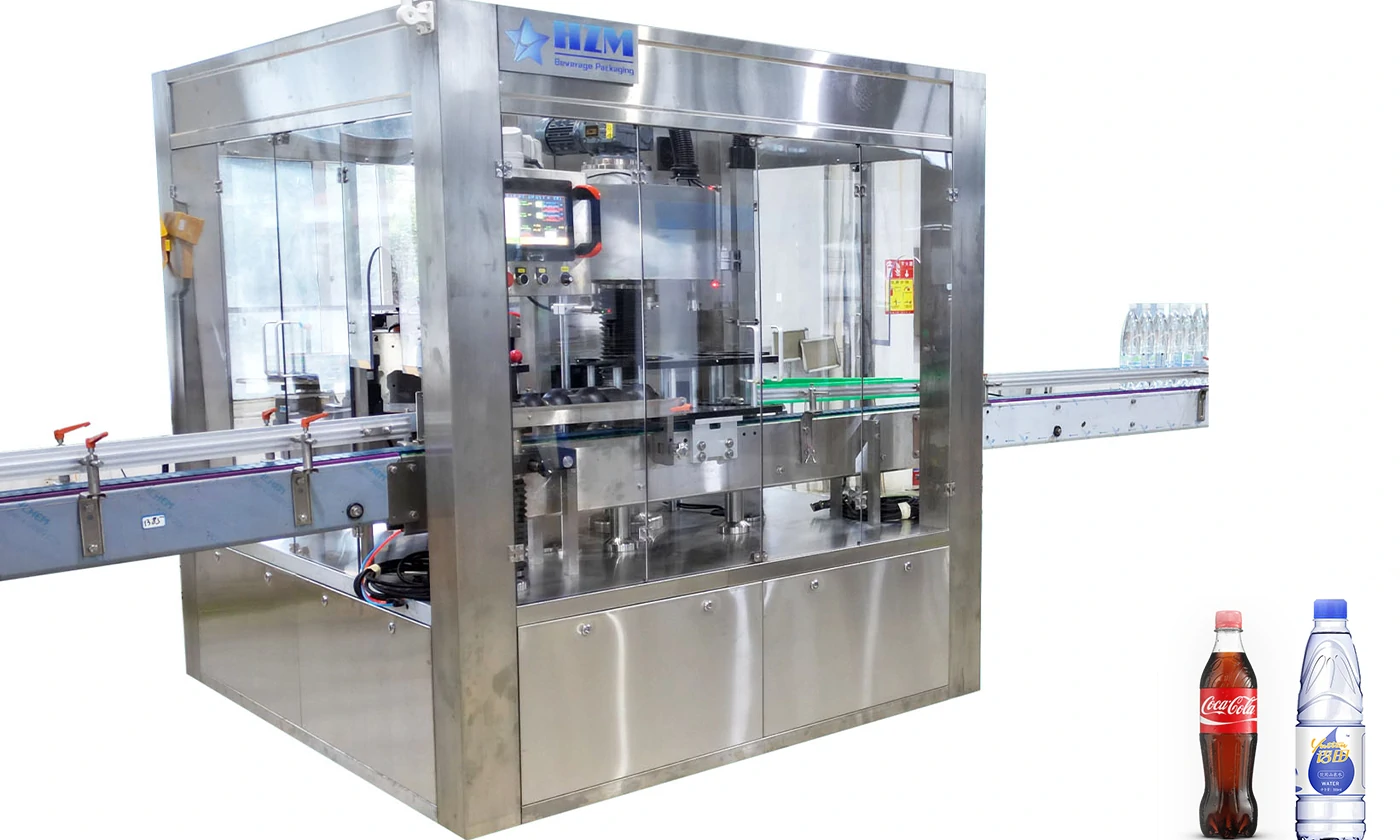
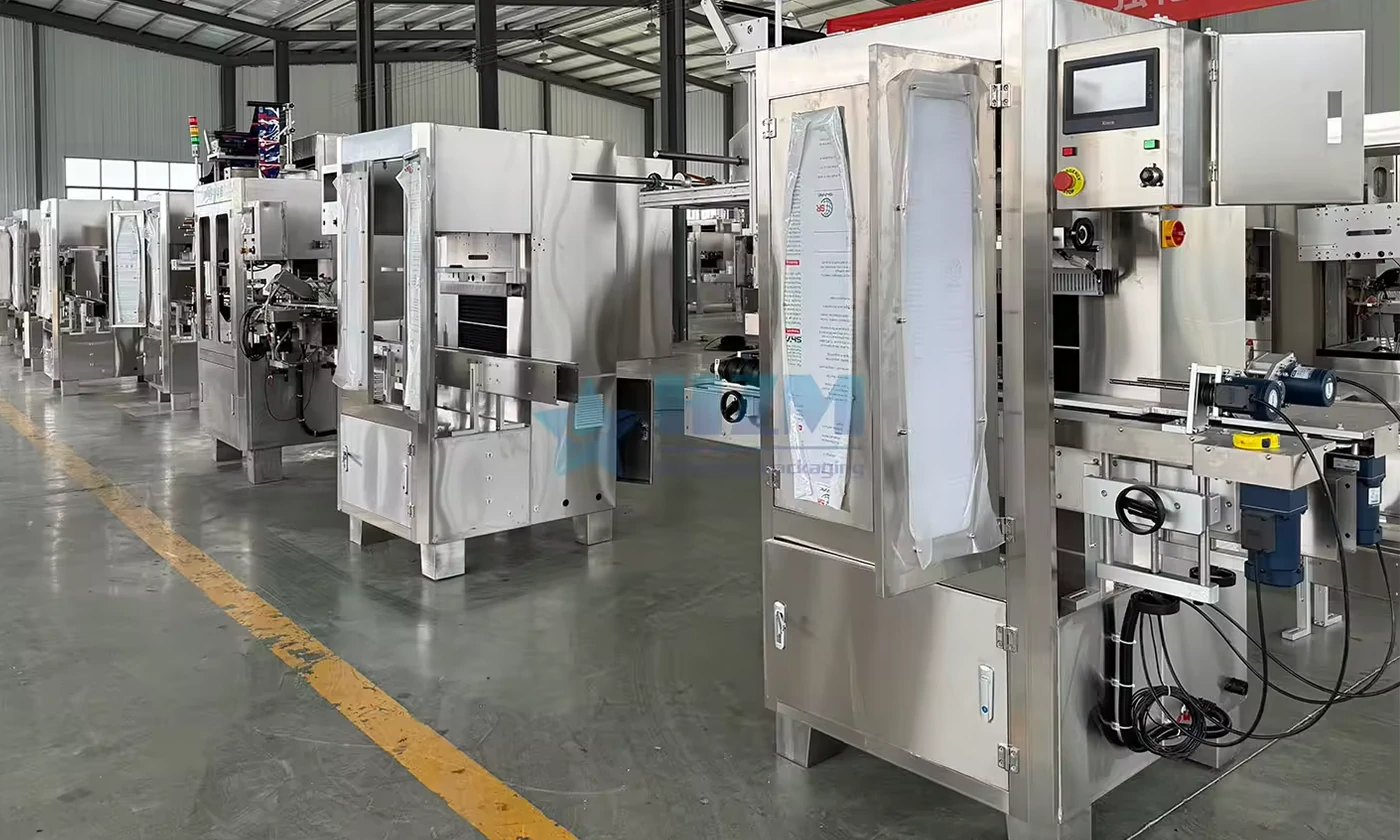
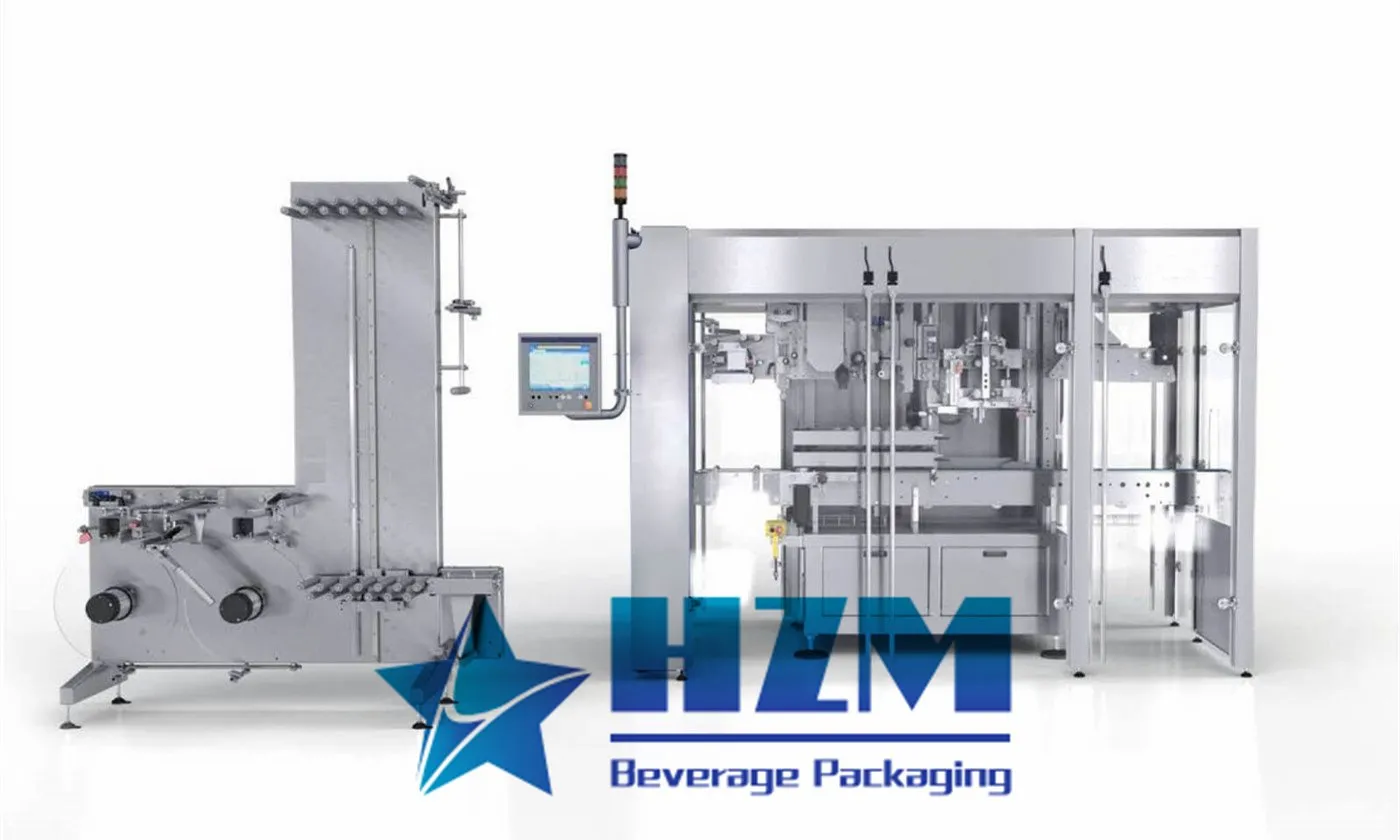
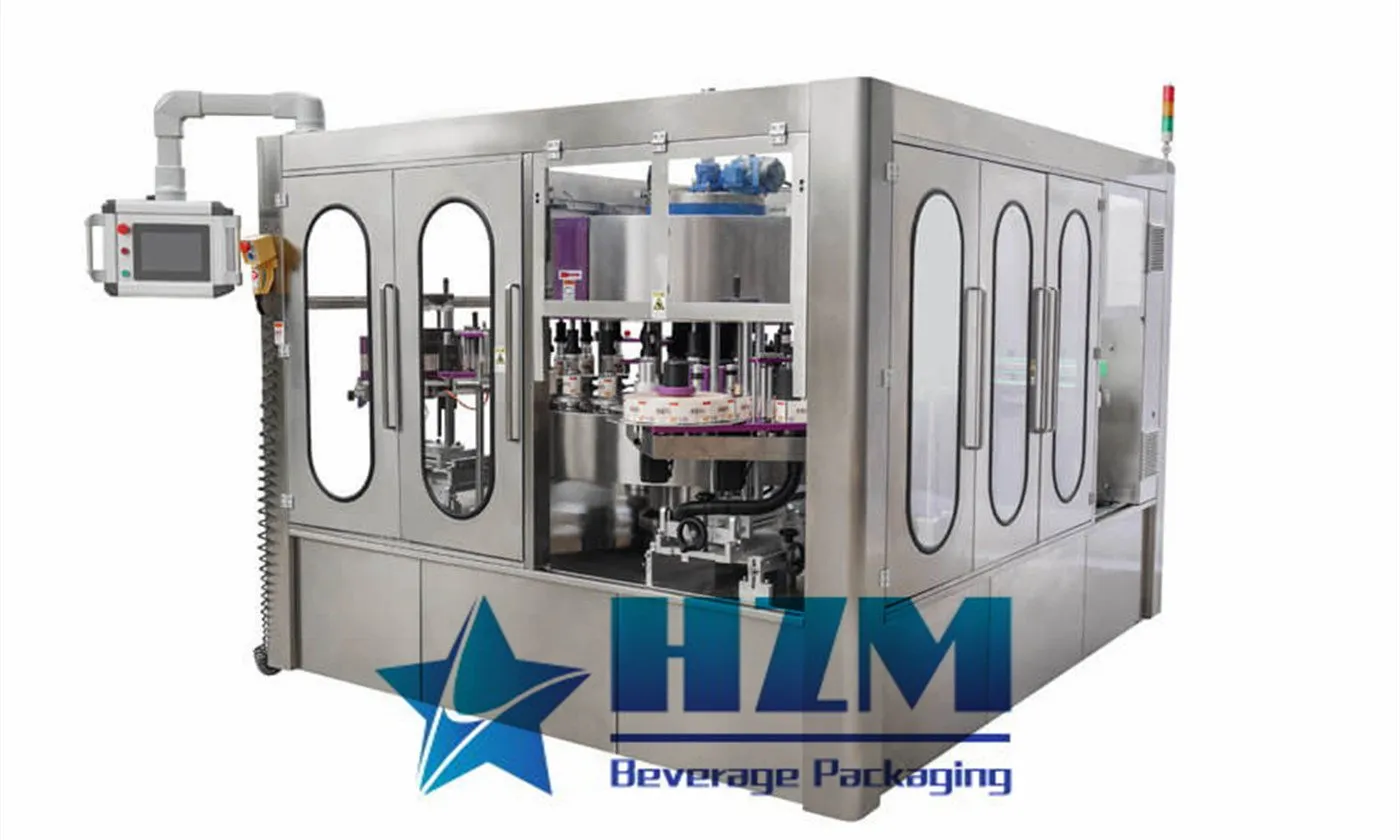
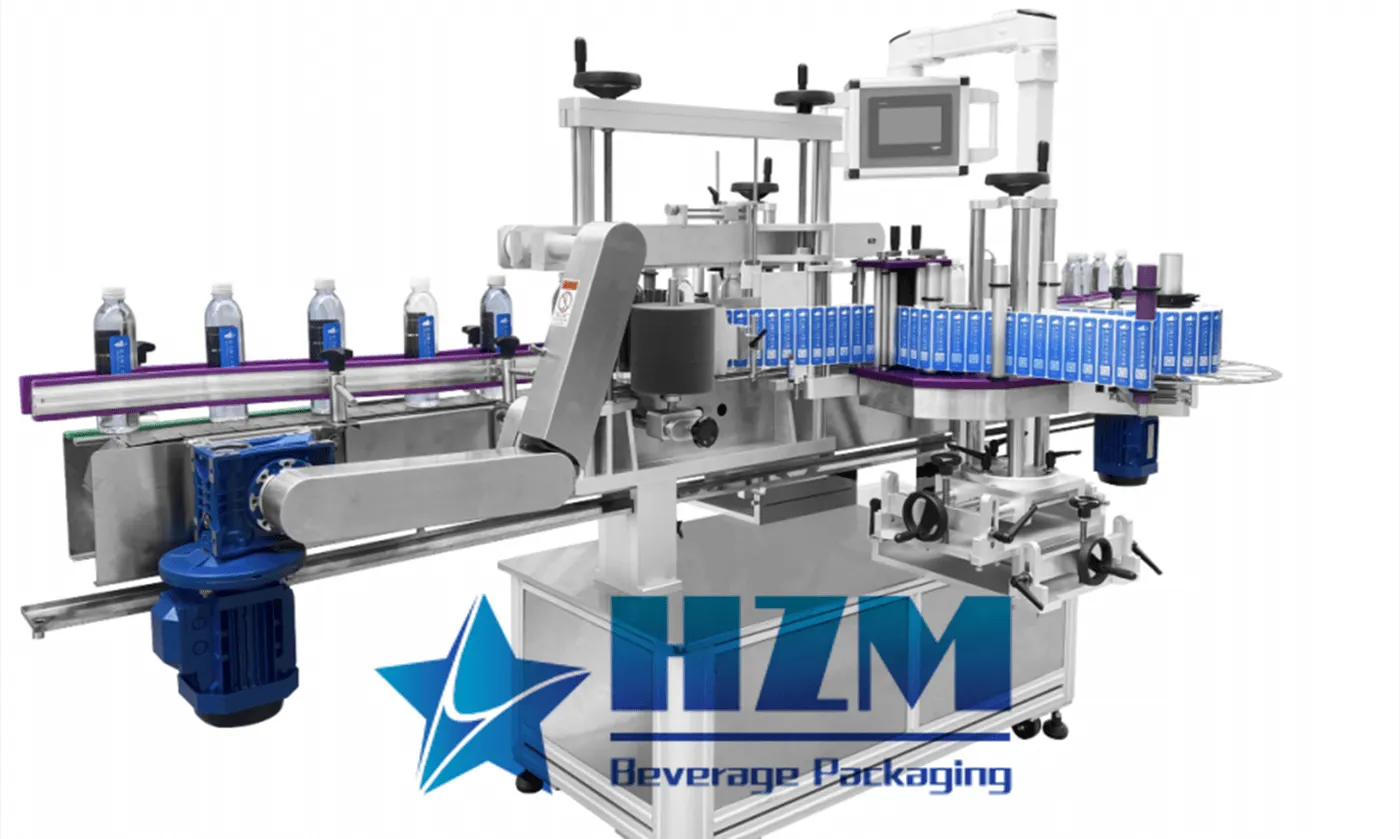
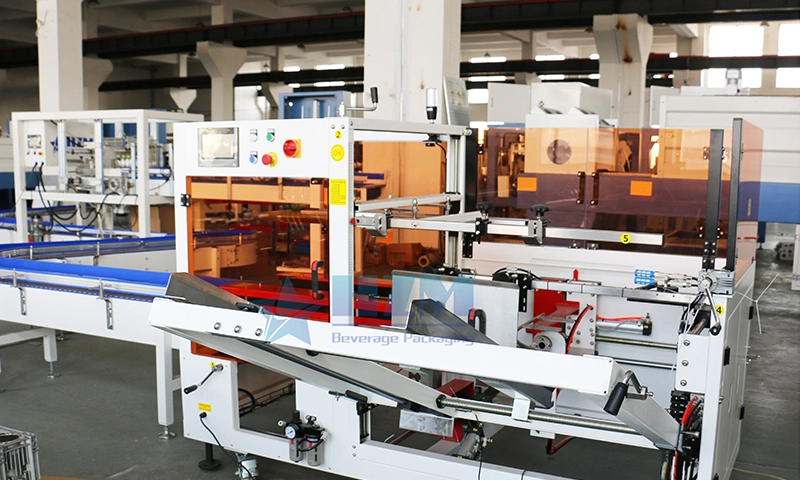
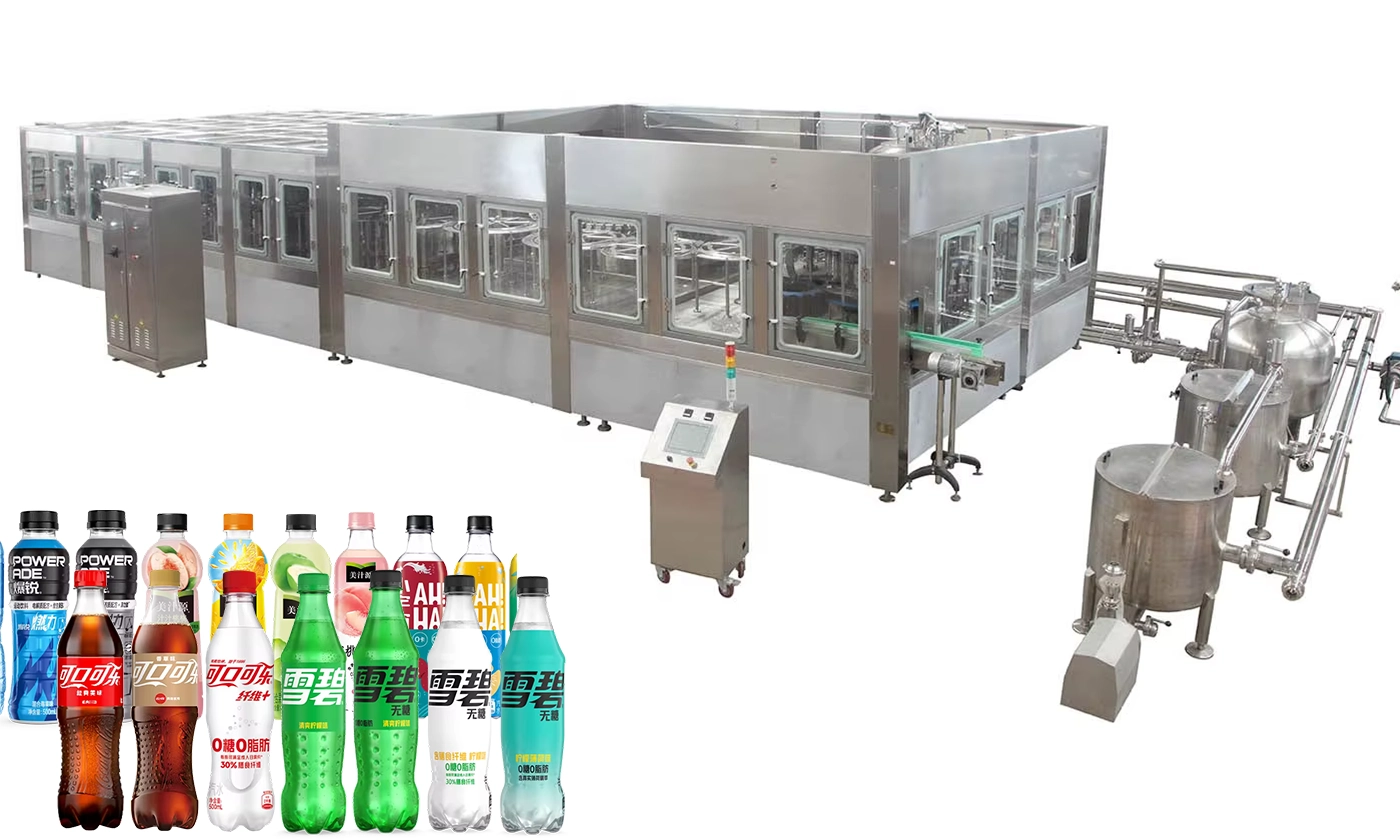
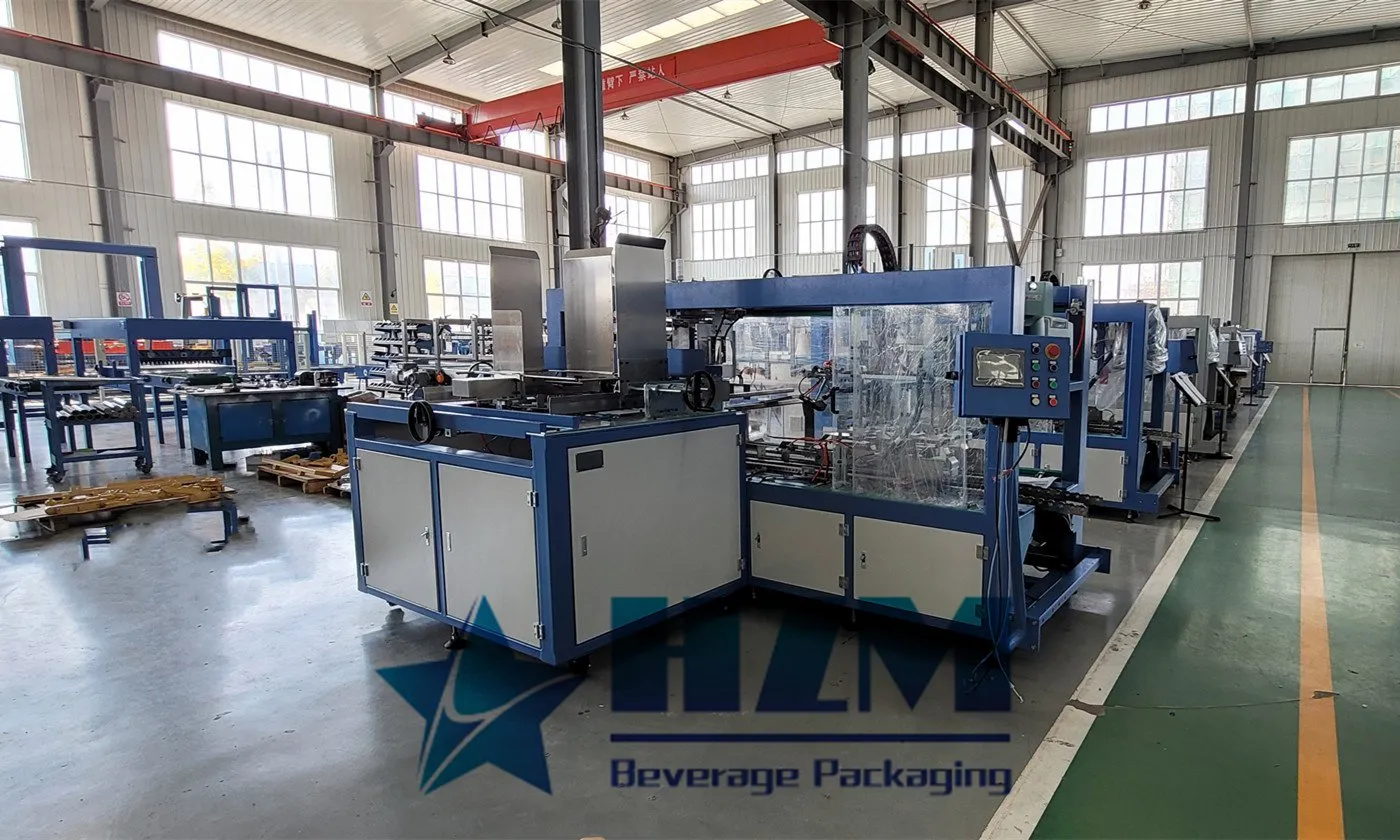
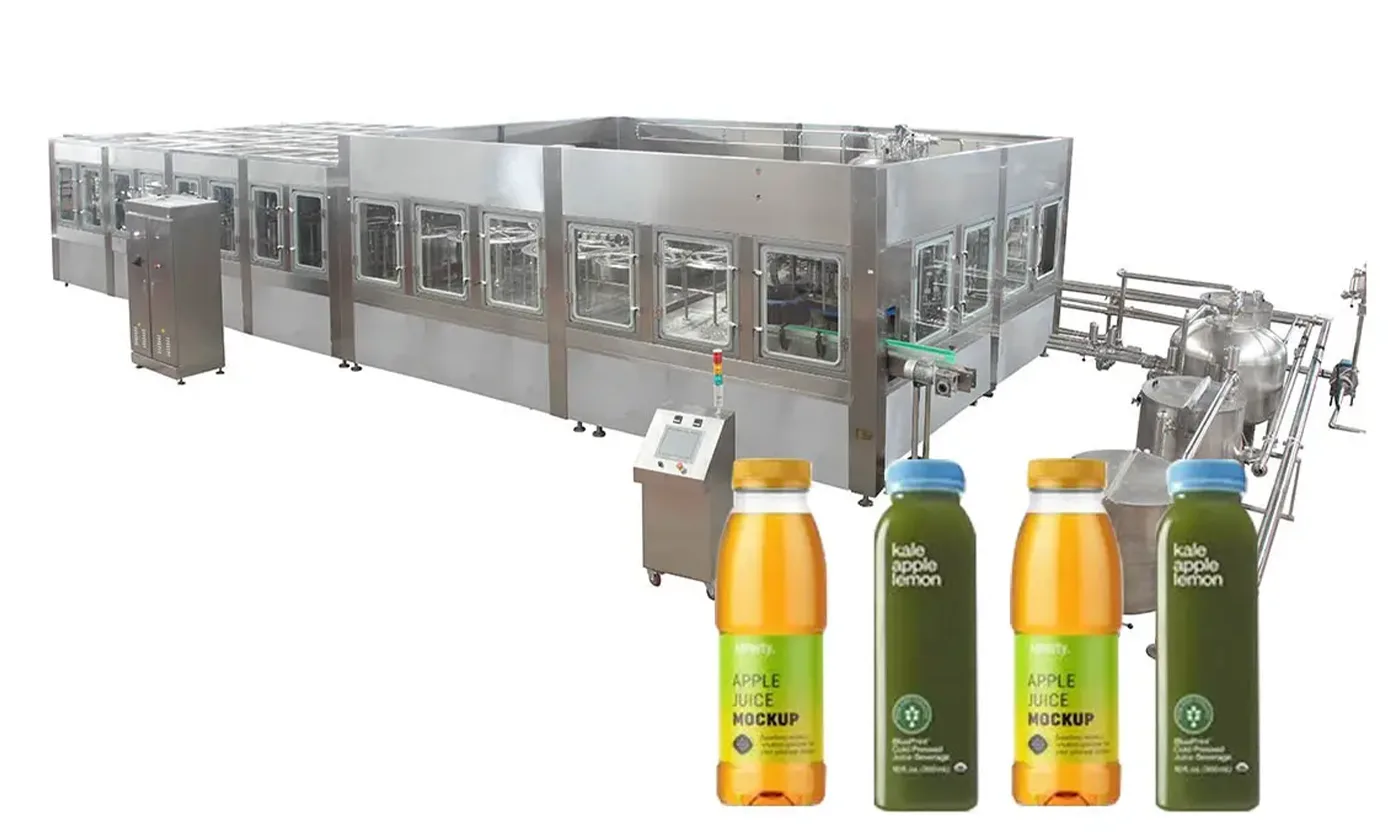
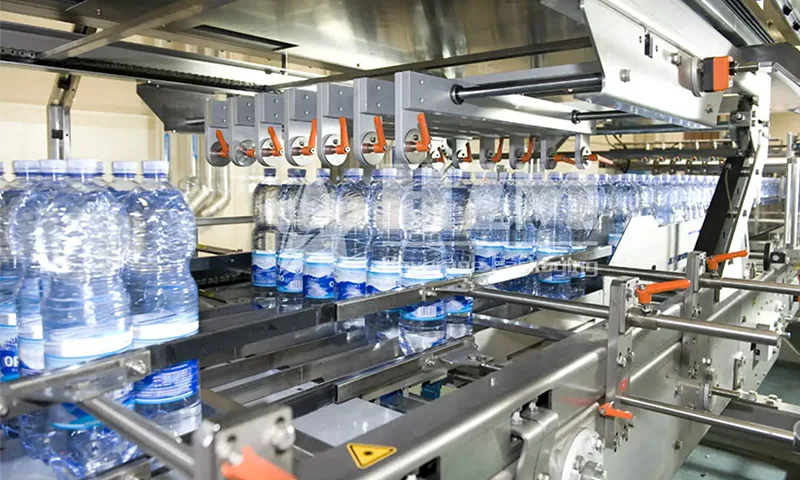
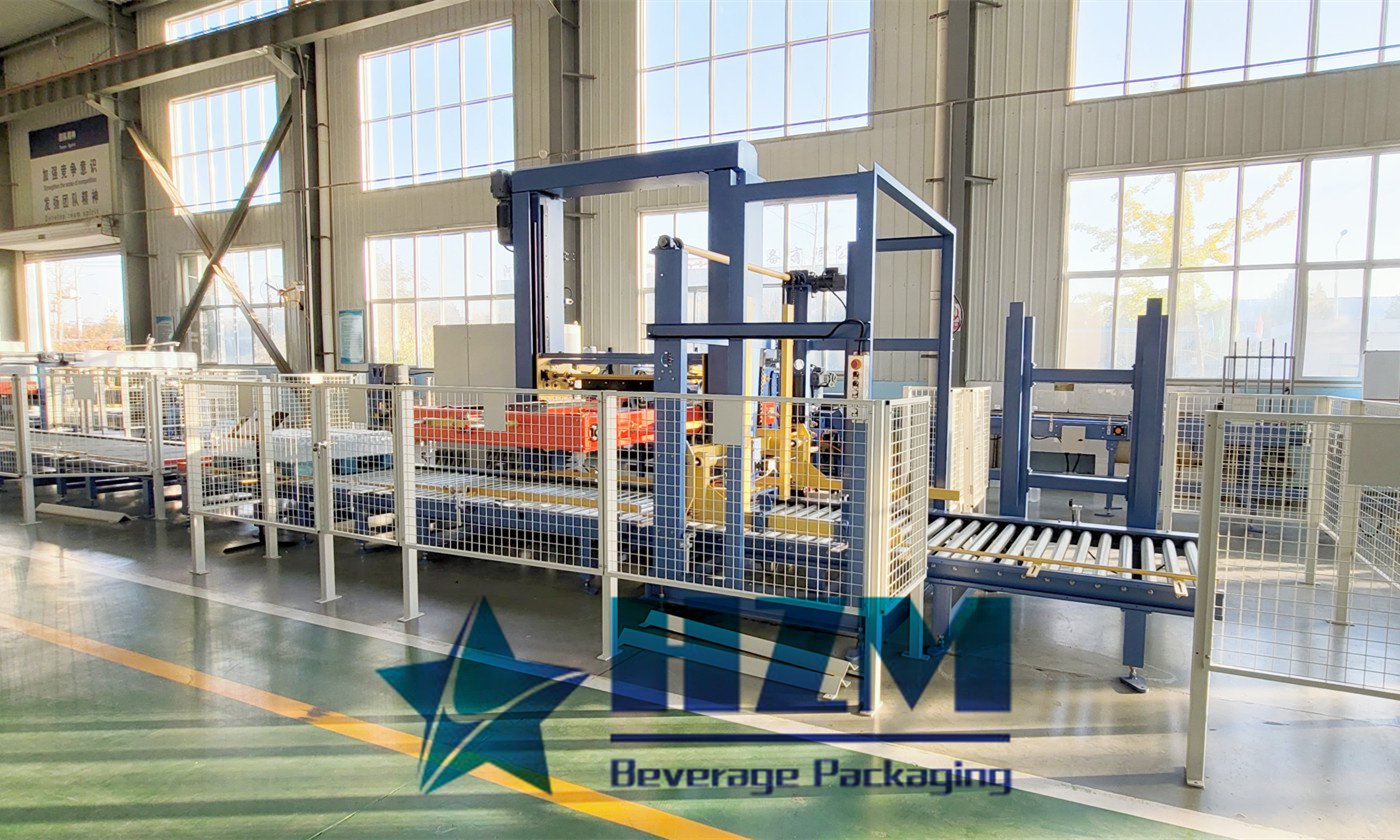
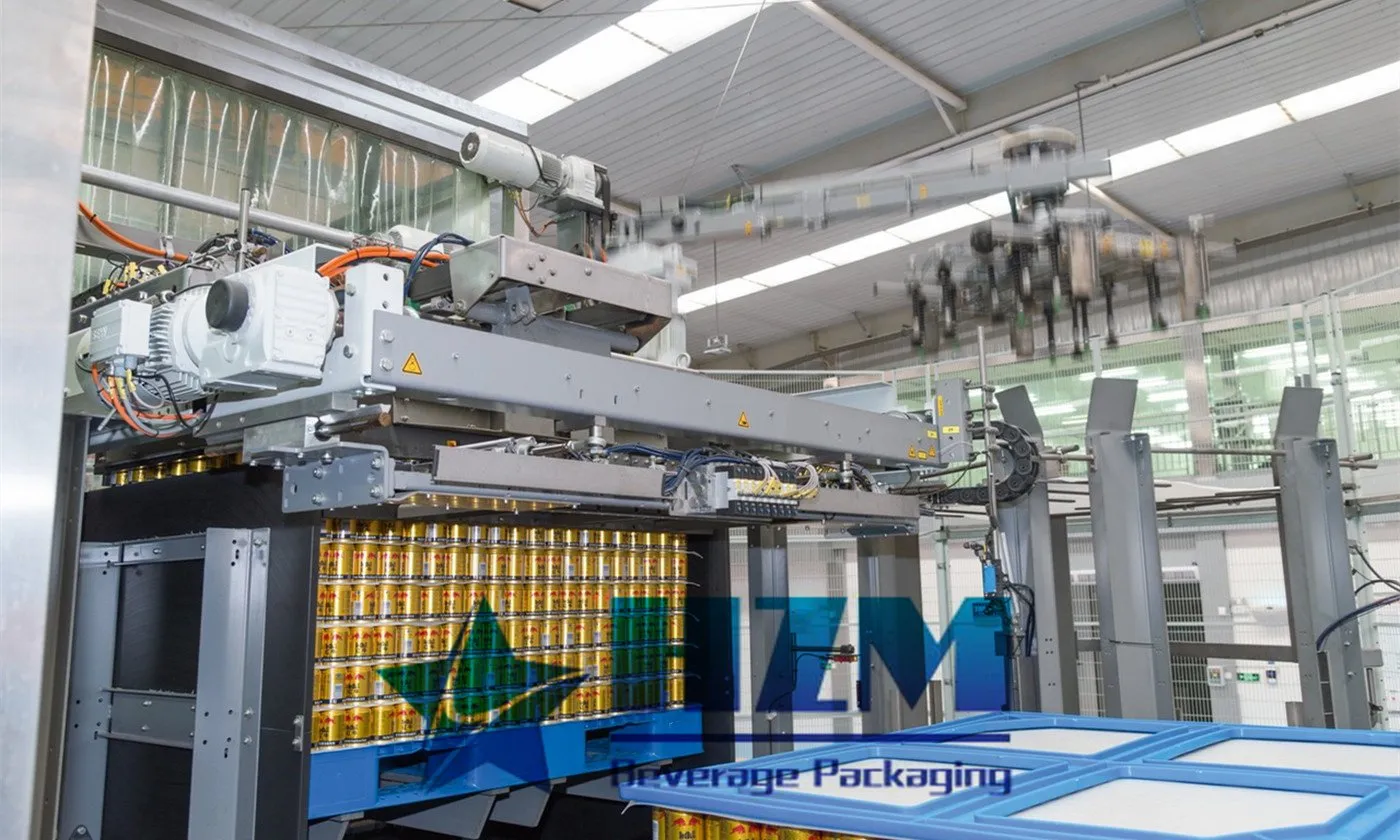
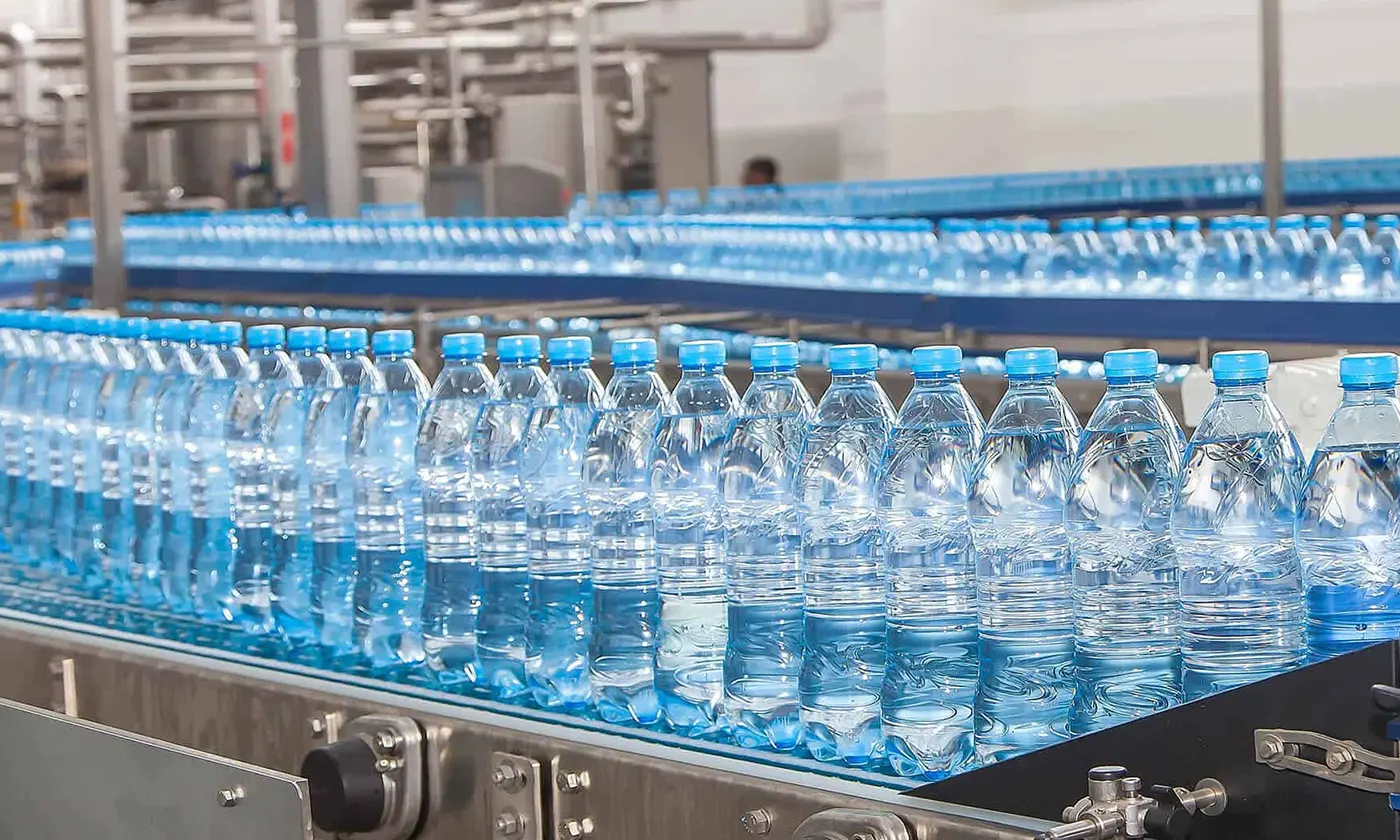
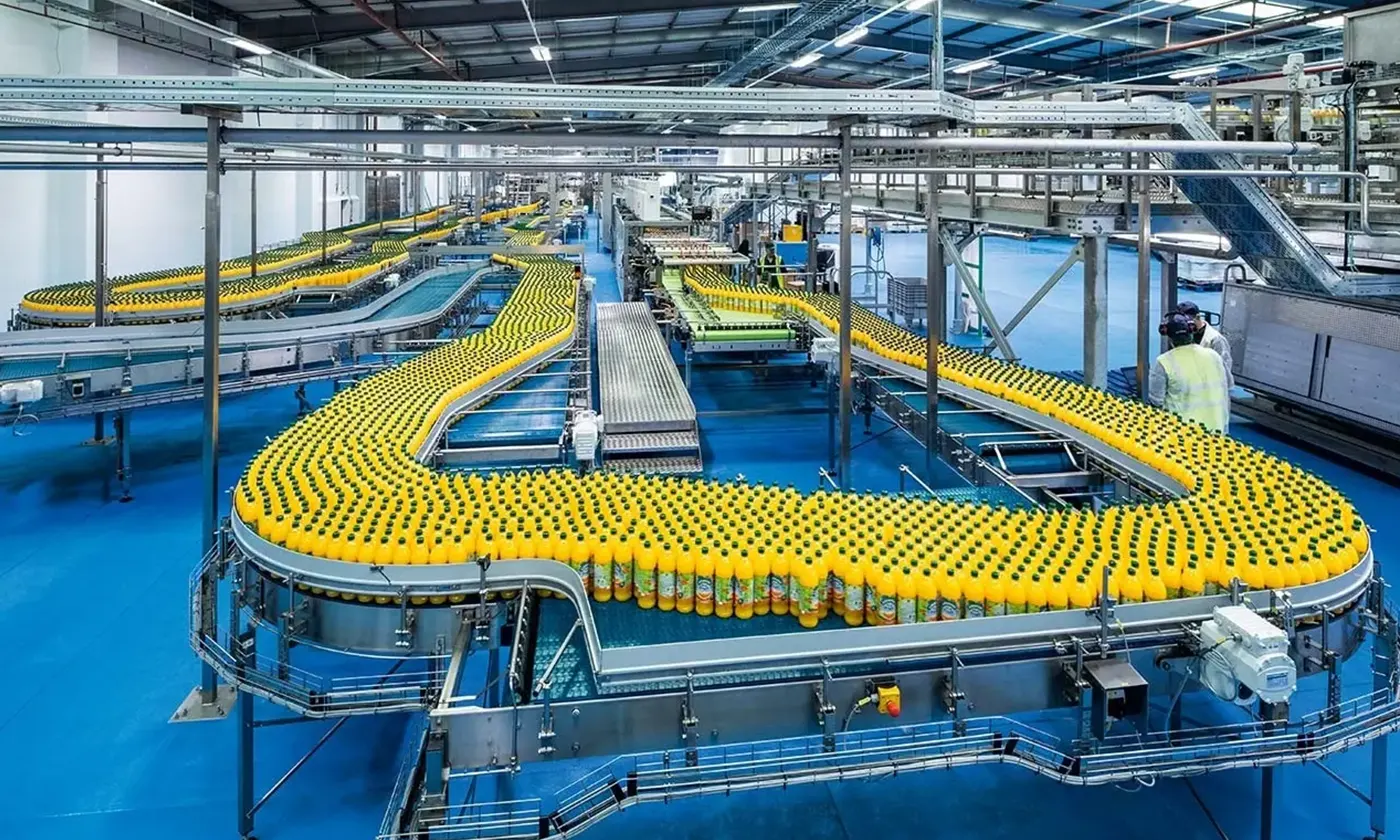
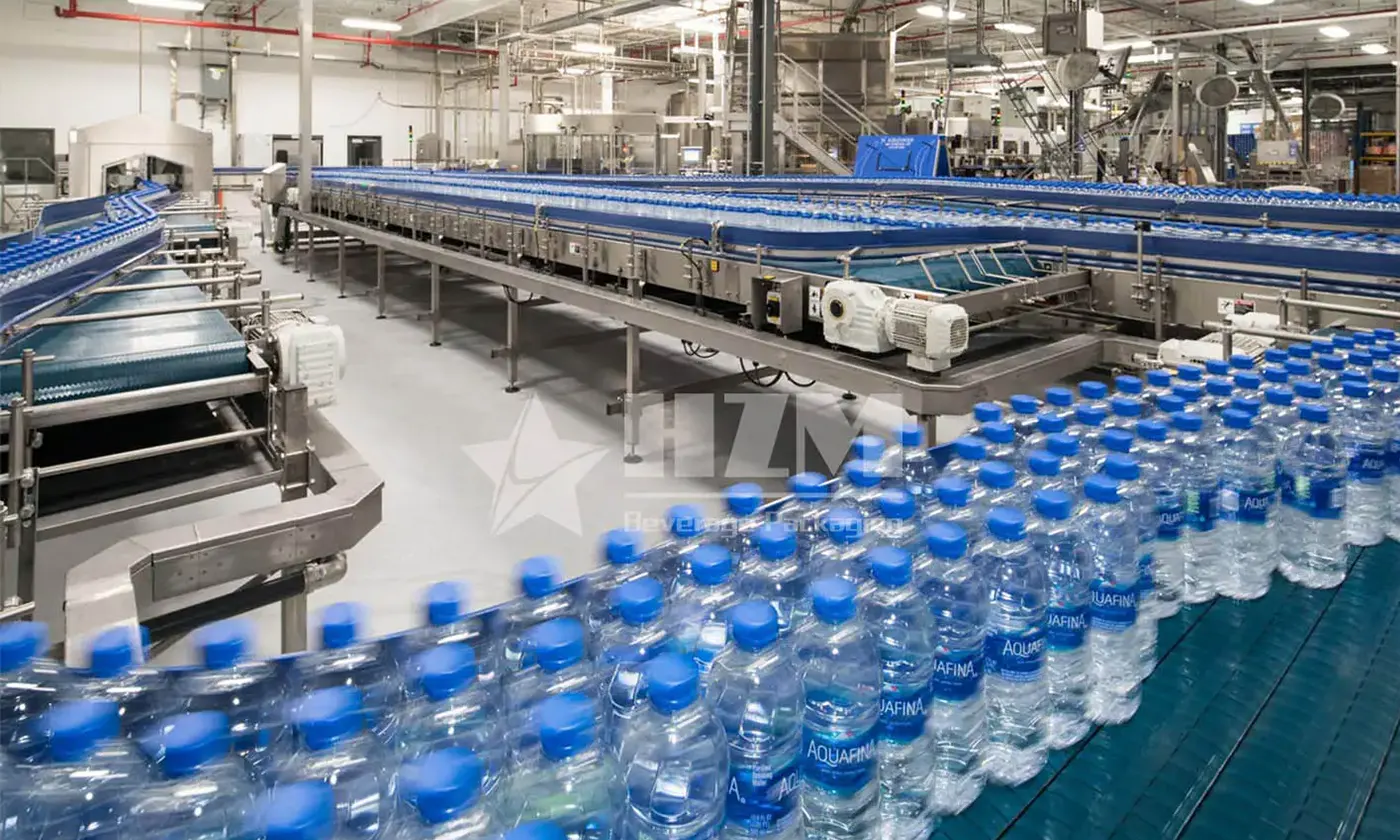
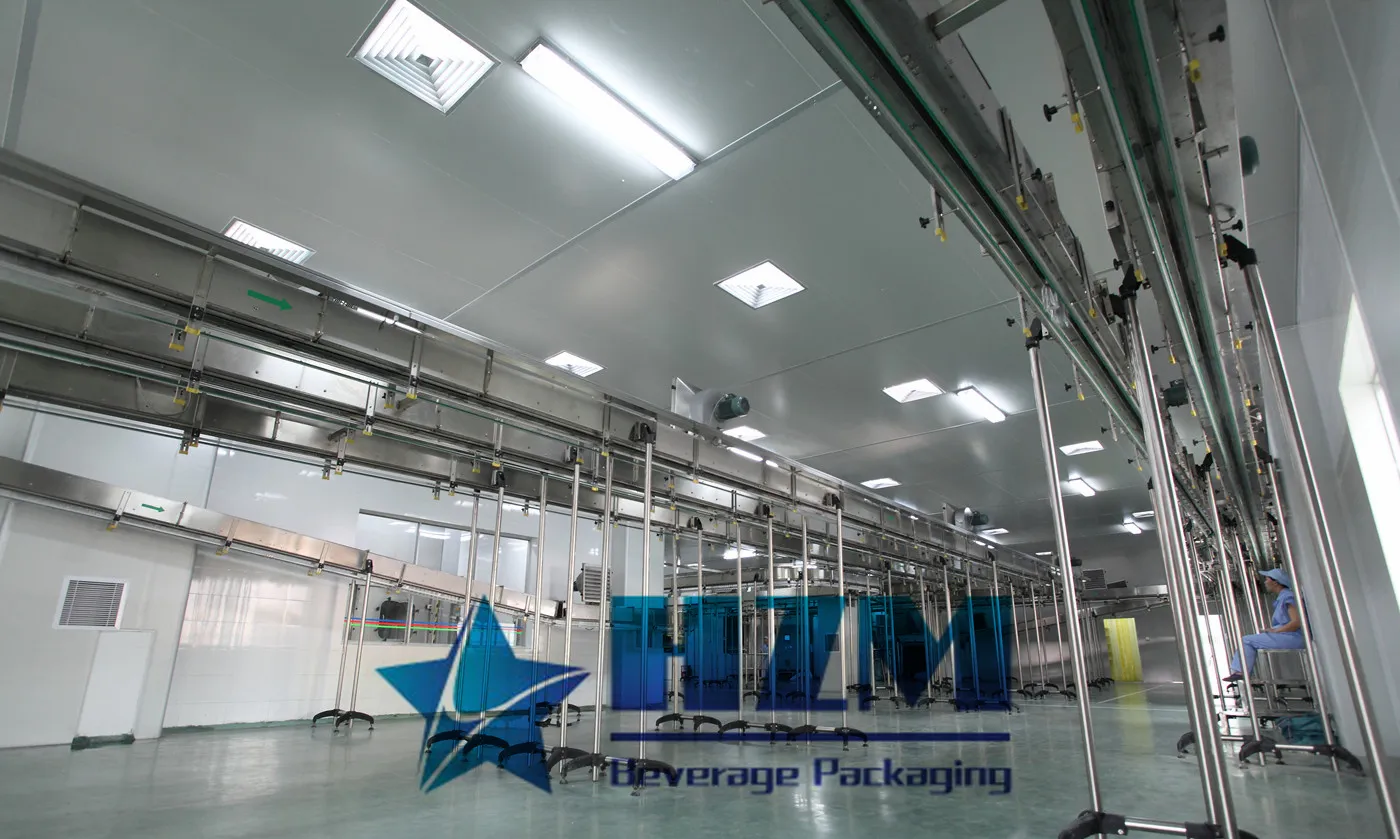
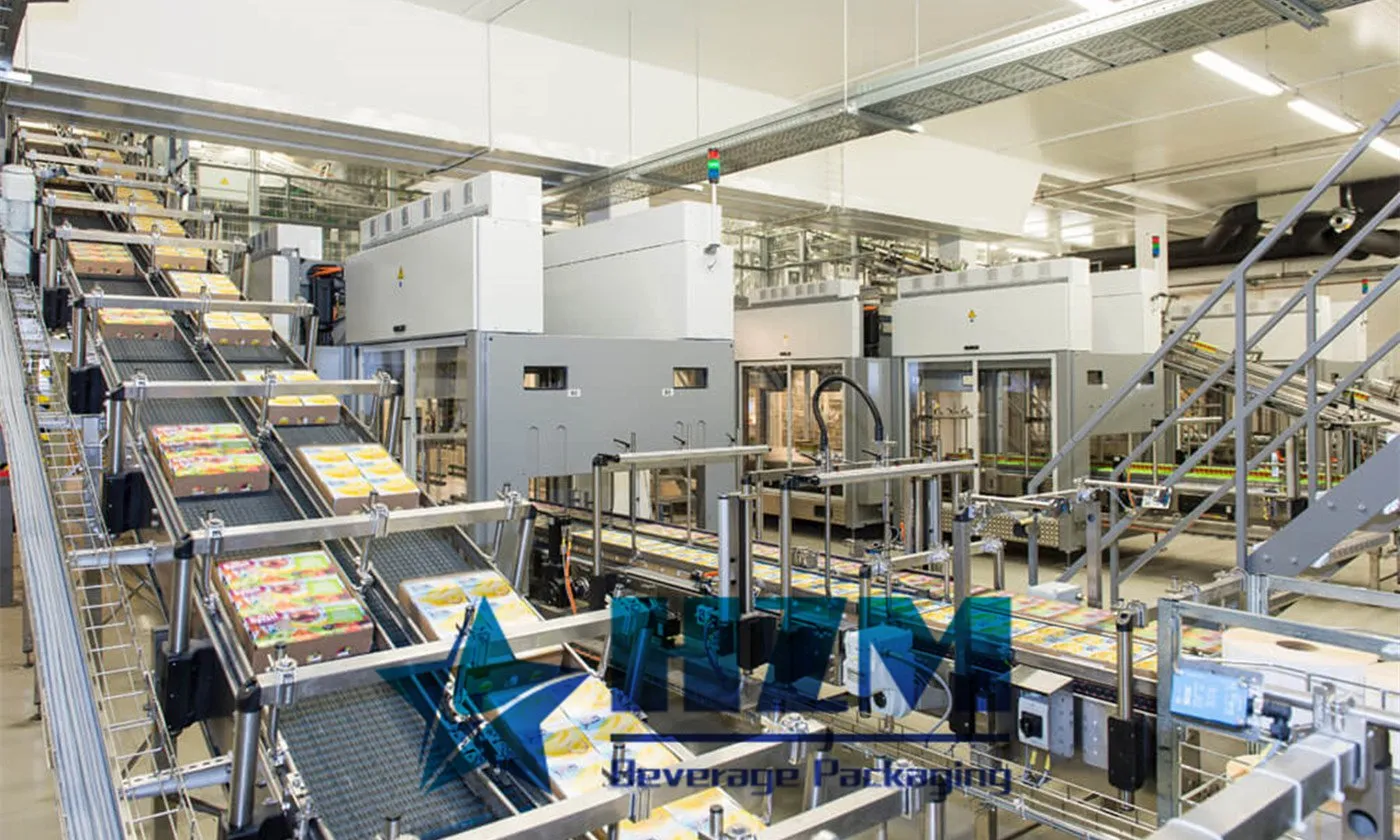
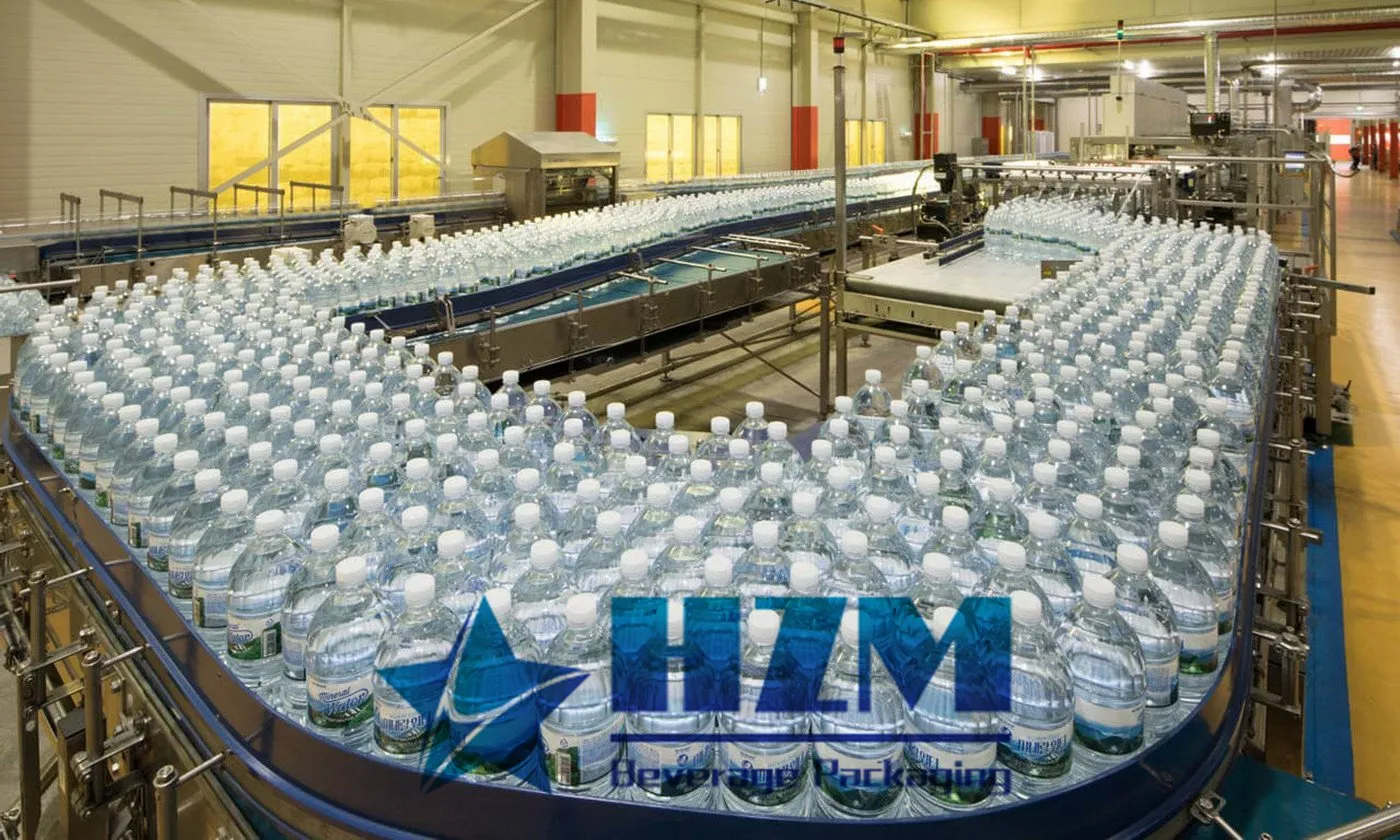
 Home /
Home / 